Although the players might disagree, there are many reasons for a DM to use traps when playing Dungeons & Dragons. First, it is a great way to keep things lively. Sometimes an adventure can get monotonous, or perhaps it wasn’t as challenging as the DM originally thought. A trap suddenly springing on the party will certainly get their attention and make the players more alert.
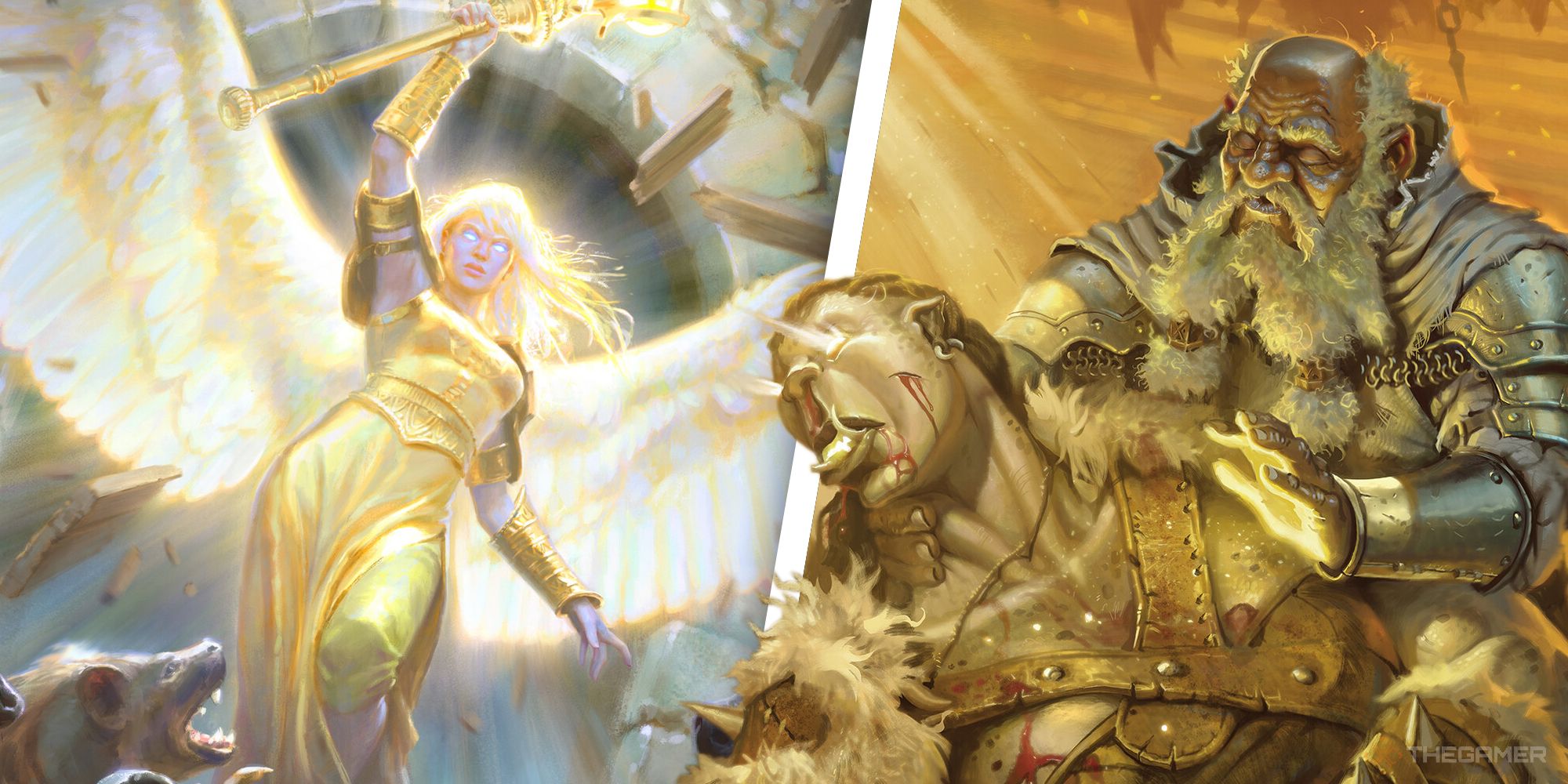
Related
Dungeons & Dragons: 20 Best Healing Subclasses
There are some great healing subclasses to choose from in Dungeons & Dragons. Here’s a look at some of the best.
Sometimes, players get their characters to a level where they’ve fought everything, and nothing seems to give them too much of a challenge. Traps are a great way of reminding the players of the mortality of their characters. You should keep in mind the three basic trap types: annoying/diverting, damaging/debilitating, and fatal. Fatal traps should be kept to an absolute minimum, though – if they are used at all.
Updated February 9, 2025, by Alfredo Robelo: Traps can come in all shapes and sizes, and the release of the 2025 Monster Manual has reminded us that certain creatures are capable of the most devious traps. We’ve updated this article to include a few new and improved toys from the latest Monster Manual edition.
Keep in mind that using too many traps in your campaigns will make players exceedingly wary, which can really ruin the flow of a D&D session.
28
Arcanaloth’s Soul Tome
A Fiendish Book
Traps often happen before or after fights, but certain creatures have some tricks up their sleeves to use them during a fight. An arcanaloth (found in the 2025 Monster Manual) has such a trick, and it has all to do with the book they carry, which can (and should) be targeted by the party unless they want to be trapped inside its pages.
This is due to the arcanaloth’s special attack, Banishing Claw, which forces a Charisma Saving Throw on the target, trapping them inside the book on a failed save. Of course, the target can repeat the save on the following turns, but if it fails three more saves, it is permanently bound to the tome; escaping it at that point is only possible by destroying the fiendish book.
27
A Cave That’s Alive
Using Ropers, Piercers, And Dark Mantles
A cave in Dungeons & Dragons can be a treacherous place even when there is no enemy in sight. This is because, in reality, there are plenty of enemies, but they are camouflaged as different rock formations and are waiting for the players to pass by, ambushing them from all sides.
An encounter filled with these creatures can have a roper as the main threat, as piercers and dark mantles fall from the ceiling to hinder the players. These creatures can also be part of an event where the cave starts to collapse, preventing the party from escaping the falling debris.
26
A Doppelganger Disguised As A Friend
The Worst Kind Of Backstab
Once a player has come to trust one of your NPCs, you can use that trust to lure them into a trap. If the NPC in question isn’t meant to be evil, then you can replace them with a doppelganger who has kidnapped the real NPC and is currently taking their place.
You can have a trap like this lead to instant combat, although you can also play a long game with this set-up. Players who are too trusting might never expect to be betrayed, while more perceptive ones might want to investigate why their old friend is acting differently than how they usually behave.
25
Pendulums
Pit Not Included
A classic and one that takes some good timing to avoid. Any tight hallway or room is a perfect chance to put a pendulum trap to good use. Simply add a large axe that swings from the ceiling; they are impressively scary to come across.
You have the choice of having your player’s movement trigger the trap or just having the axes already swinging when they enter an area. Regardless, the dexterity the characters will need to avoid getting sliced will have them carefully considering their next moves.
Combined with other traps, this can make for a gauntlet of agility checks.
24
Call Of Distress
A Citizen In Need?
The party is navigating through a dungeon, forest, or city (location isn’t important), when they hear cries of help from someone. When they investigate they discover a person bound to the wall with heavy chains. Perhaps it is a small child; though, this might make it a more obvious trap.
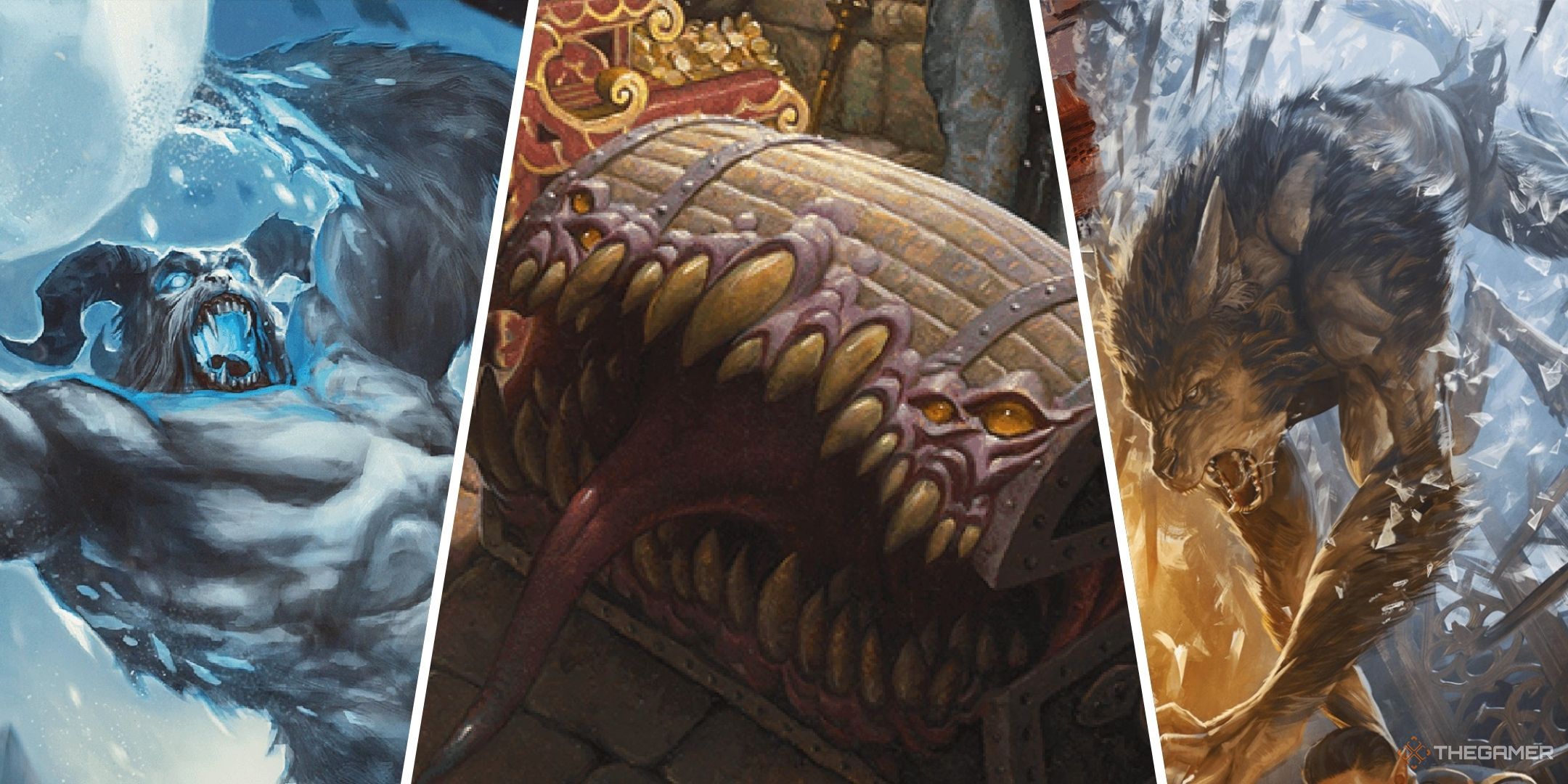
Related
Dungeons & Dragons: Monstrosities, Explained
Here’s everything you need to know about monstrosities in D&D.
At this point they discover the call of distress was meant to lure the party into an ambush. This trap can be tailored to fit the party’s experience level. A low-level party might be ambushed by goblins or orcs. A high level party might discover the small child calling for help is actually a powerful demon or devil.
23
Snares
Watch Your Feet
This ancient form of trap is pretty common, and capable of being employed by nearly every intelligent creature in D&D. There are two basic types of snares. The first is simply a length of rope, or vines, that are placed in a way to ensnare the victim. These types of snares are meant to slow or stop the victim’s movement. A bear trap is another form of this type of snare.
Another type of snare uses a counterweight to move the ensnared victim. This could simply leave them dangling in the air, usually upside down. This type of snare could be used to pull the victim into an even deadlier trap.
22
Mimic
They Could Be Anything
The mimic has become famous, so much so that one made a brief cameo in Dungeons & Dragons: Honor Among Thieves. These creatures normally resemble treasure chests but are in fact living beings with a huge mouth full of sharp teeth.
These are perfect traps to employ when party members have grown complacent due to gaining better gear and higher-level abilities and spells. At that point, a mimic isn’t a serious threat, but it will almost certainly bring a little levity to the night’s gaming session. If you want to make this a more serious encounter, you should be aware there are house-sized mimics (that resemble a house).
21
Bear Traps
Ouchy
It’s one of the cruelest options on this list. You should consider the tone or how you describe this trap before implementing it. However, you can always opt for the toothless options that just pin your characters in place instead.
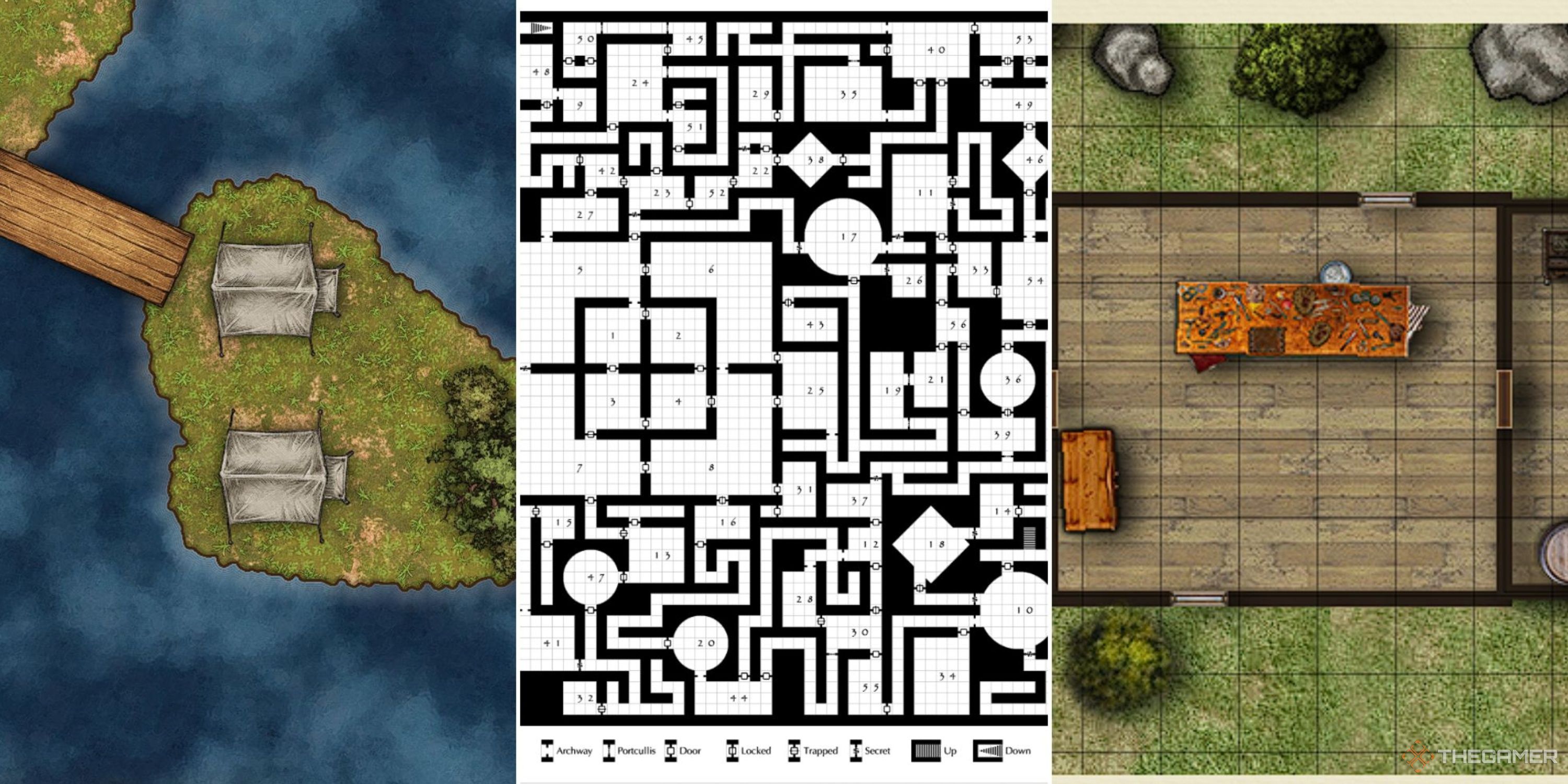
Related
Dungeons & Dragons: 19 Best Online Tools For DMs
Running a campaign in D&D can be demanding, but these online tools will help any DM stay on top of things.
Bear Traps are a great option indoors and outdoors. You can put them in a hallway or cover them with leaves in a forest. There are several ways to hide them and have them spring unsuspecting players. Either way, the time and checks it will take to disarm them and release the player can make for some excellent tension.
Bonus points for putting this outside an enemy encampment to start an encounter.
20
Gelatinous Cube
A Goopy Trap
This is another famous D&D creature that appeared in Honor Among Thieves. The gelatinous cube (or g-cube) is a translucent cube of ooze large enough to hold several human-sized creatures within. Once engulfed by a g-cube, the victim begins taking a significant amount of acid damage every round.
These creatures can be placed just about anywhere in a dungeon. A particularly nasty location is in the floor of a dark dungeon, so unsuspecting adventurers will walk right into the trap. These creatures can also move, making it even more dangerous if they trap the party in a dead-end passage.
19
The False Adventure
A Red Herring?
This is a particularly devious trap, as it’s not the kind that can be detected in the normal means. The party is given a quest to perform; however, the quest is from a source that wishes the party harm. Maybe the party has earned a reputation that makes them a threat to someone, or something.
If the party lets a powerful enemy escape at some point in the past, this is a good opportunity to reintroduce that NPC. The adventure is actually meant to lure the party into an unfavorable situation. Again, this is not a trap that can be discovered with a simple roll of the dice — making it perhaps the most dangerous trap of all.
18
The Rolling Boulder
Run Fast
Attune to your internal Indiana Jones and implement the classic rolling boulder trap. This works best in a dungeon, cave, or similar tight space, especially where inclines are concerned. They are nearly impossible to stop, which means you can only run.
This is a great way to move your players on from an area quickly, so if you want to lightly push them into the next section of their journey instead of looting a dungeon for hours, then the rolling boulder trap may be for you.
17
The Trusty Pit Trap
Pendulum Not Included
The best part about pit traps is that they are highly customizable for a DM. The trap could simply open to a hole that has walls that are difficult to climb, or it could open to a short fall onto a bed of spikes — a short fall into a gelatinous cube is also an idea.
The trap could also drop the party into a tunnel system that deposits the party at a place of the DM’s choosing. The trigger for a pit trap could also be nearly anything, but, if the trigger is magical, the players might spot it more easily via detect magic or a similar spell. There may be no trigger; the top of the pit could be illusionary.
16
The Duplicate Mirror
Who’s The Real One?
This is triggered by looking into a magic mirror that creates a duplicate of whoever looks into it — a perfect recreation of the original. The original’s items are also duplicated but not magical. The duplicate immediately springs out of the mirror and attacks the character.
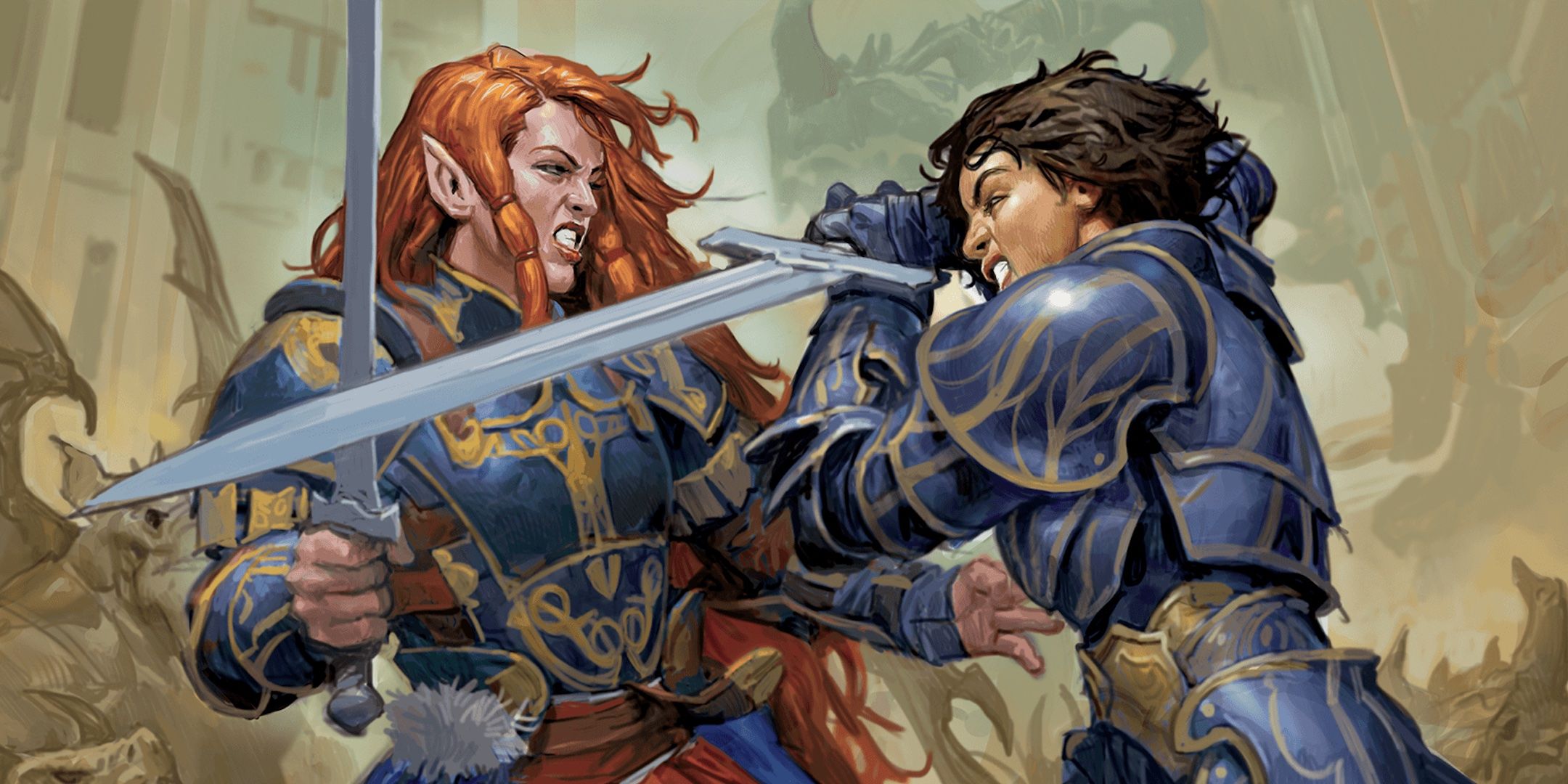
Related
Dungeons & Dragons: Guide To Hero Points
Do you want your players to feel like the heroes in their own story? Of course, you do! And hero points can help achieve that.
This trap could also have a delay of a few days or weeks, or the duplicate might be instantly teleported elsewhere upon its creation. This duplicate has the opposite alignment of the original and seeks to destroy the original and his/her friends. The duplicate might also gather a party of adventurers of their own to help in this quest.
15
Teleport Doorway
Another Realm Entirely?
This devious trap is triggered if someone passes through the trapped doorway without the proper ‘key.’ The key could be anything — a feather, or copper, or a diamond worth at least 50 gold pieces. When passing through the doorway, a character is teleported to a specially prepared area.
This might be a holding cell, which, hours later, opens into a gladiatorial arena in which the party must now find themselves fighting. It could also simply teleport the character to the entrance of the dungeon — however, you risk a revolt among the players if this is placed too far into the dungeon.
14
Glyph Of Warding And Fire Trap Spells
A Hot Topic
These two spells are great trap spells for DMs to use — mainly because they can be used on just about anything. Glyphs of Warding are a little more serious due to the high potential damage output (5d6) and the fact the damage type can be selected by the caster. Save this type of trap for higher-level campaigns, as this spell has a good chance of killing lower-level party members.
Fire Trap is a spell from earlier editions that hasn’t made its way into Fifth Edition yet. It does far less damage (1d4 +1 per level) than the Glyph of Warding spell and must be cast upon an object that opens — like a door, book, or chest. Fire Traps are more difficult to detect than glyphs since glyphs placed upon an object can be seen with a successful intelligence check.
13
Web Of Flames
Don’t Ask What Spider Made These
This trap can be tailored to the average level or hit point average of the party. The trigger could once again be almost anything; a pressure plate on the floor, a lever, or a magical barrier work fine. When the trap is triggered the area is filled with web spells – more than one web spell will increase the chances of members of the party being caught.
Then a fireball is cast into the webbed area. Those caught within the webs not only take the fireball damage but the extra damage from the burning webs as well. The fireball does not have to be cast immediately. If you’re a generous DM, you might consider giving the party a minute to escape.
12
Pressure Plated Items
You’ll Need A Light Touch
Another Indiana Jones classic is the pressure plate. If your party is ever hunting for a relic or some similarly important item, it can be an interesting time to trap that item at the end. A simple pressure plate is easily hidden and makes for quite the shock.
It sort of works as a starting point trap in that it’s best paired with another event that occurs in concert with the pressure plate being tripped. Whatever you choose, it will make your characters rethink any item they find on their journeys.
11
The Statues Are Alive
A Stony Fist
Place a few statues in a room; entrance halls are a logical location. They can be humanoid, but can also be an animal shape — like a wolf or a snake. The trigger for the statues animating, or golems if you want to really challenge the party, could be if weapons are drawn in the room or if the party is not carrying a ‘key’ of some kind.
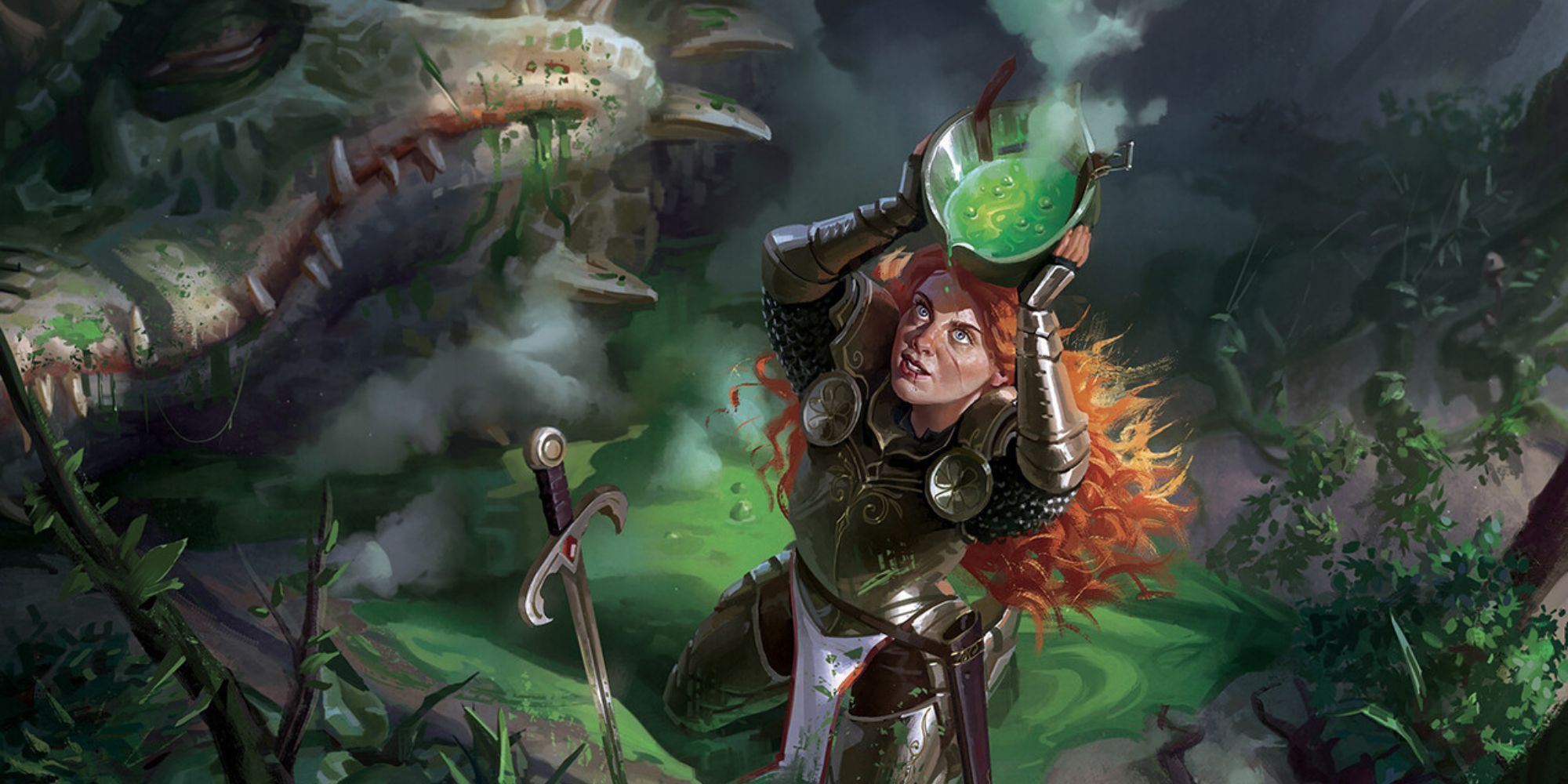
Related
Dungeons & Dragons: 21 Best Feats For A Druid
D&D players can select specific feats for their characters, and here are the best ones to pair with the Druid class.
The trigger might also be a command word, allowing the possibility of the party being able to control the statues/golems. If these statues/golems are in a treasure room, they might activate if anything in the room is removed.
10
The Compactor
The Walls Are Closing In
This trap is a particularly devious dungeon trap. The party enters a room and triggers the trap — which can be almost anything — and the doors close. Suddenly, the ceiling starts moving down towards the floor. Alternatively, the walls could begin moving inwards like the trash compactor in Star Wars Episode 4.
This trap is great due to its customization. You could have the ceiling move fast or slow, depending on how much time you wish to give players to find a way out or stop the ceiling from crushing them. This can also be a good way to introduce an NPC who comes along to save the party by turning the trap off from outside the room.
9
Greased Slide
Don’t Say Weeee
This trap is best placed in a narrow hallway. Place something of value, or apparent value, at the end of the hallway. When the party gets halfway down the hallway, the floor tilts downward on one end, and grease begins covering the floor.
A good trigger for this trap would be a pressure plate or tripwire. The grease may either be magically created, or it can be fed into the room by tubes that are opened when the room tilts. The victims slide down the hallway toward whatever you wish to have waiting. Spinning blades are one possibility — but again, a gelatinous cube always livens up the night.
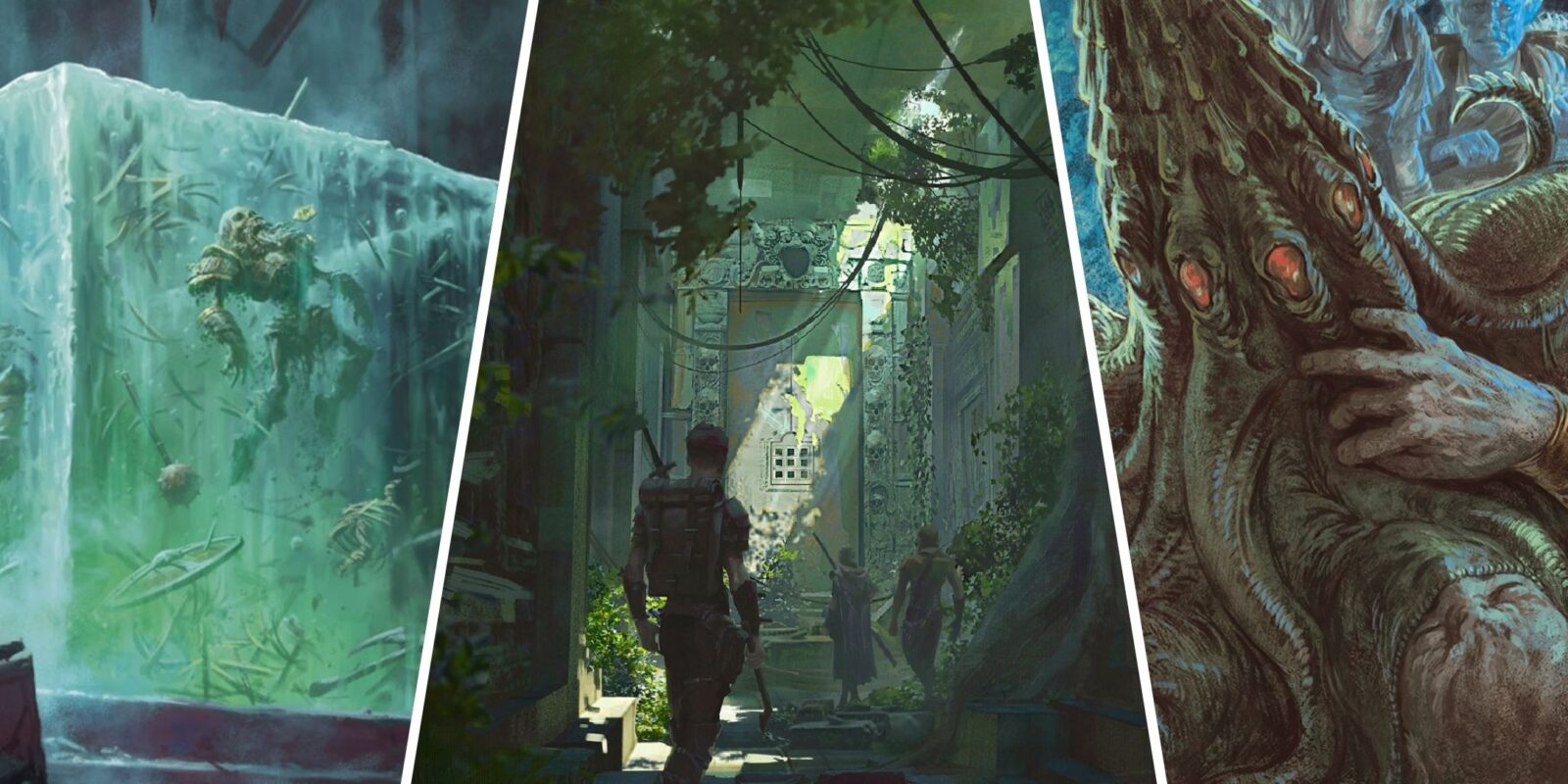
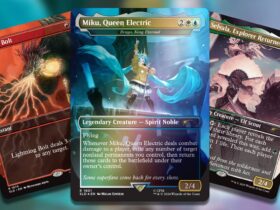
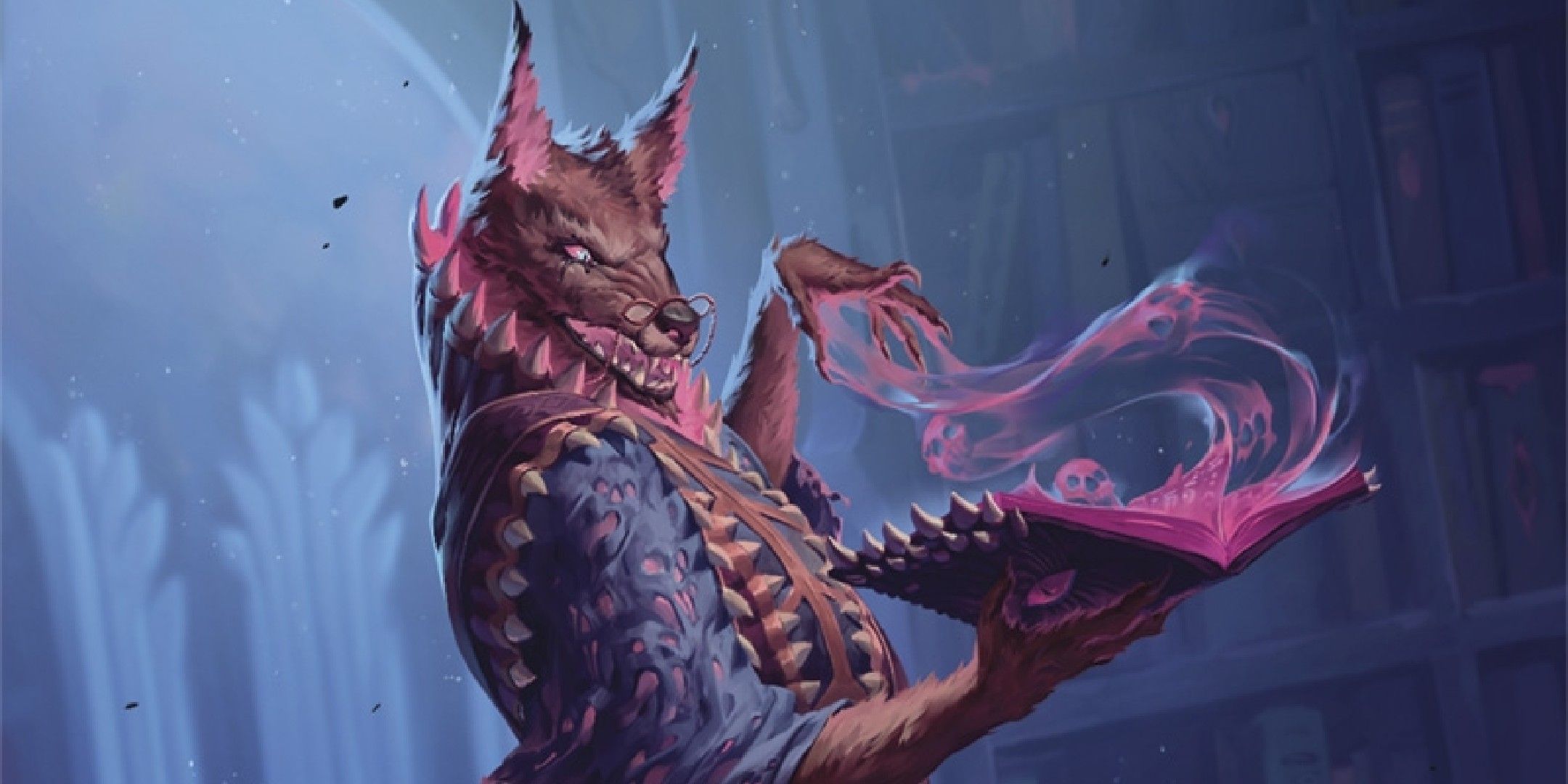
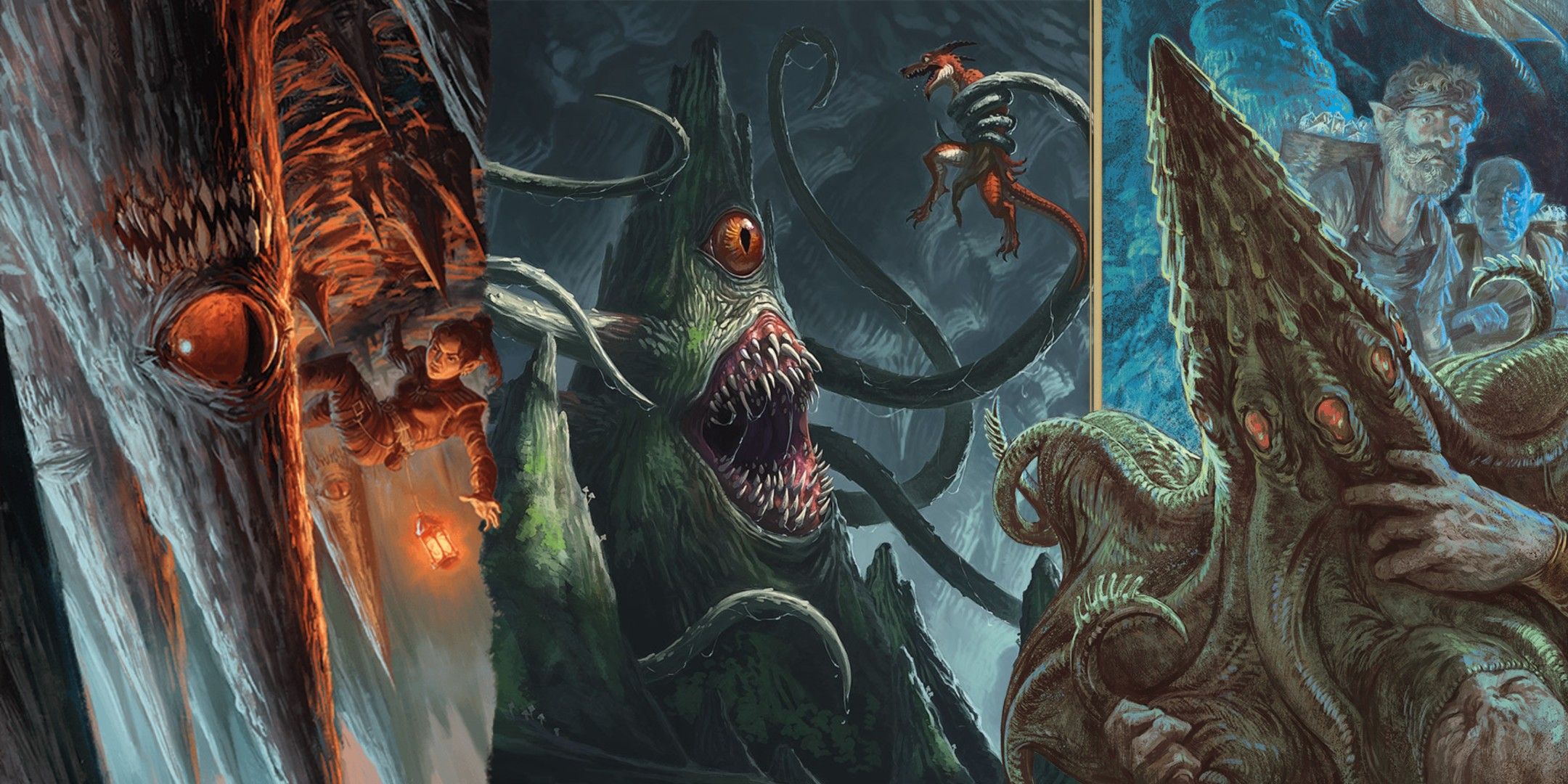
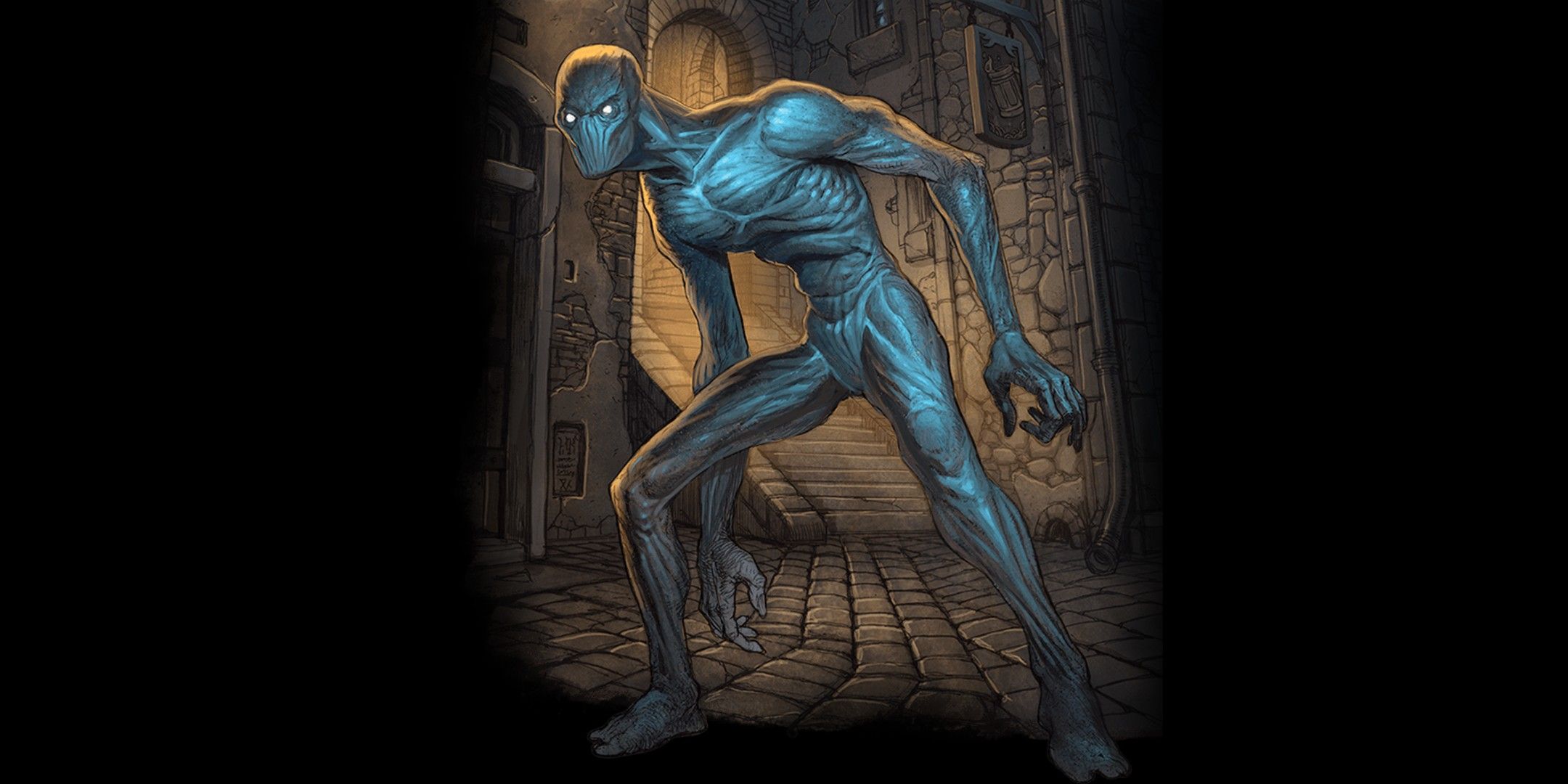
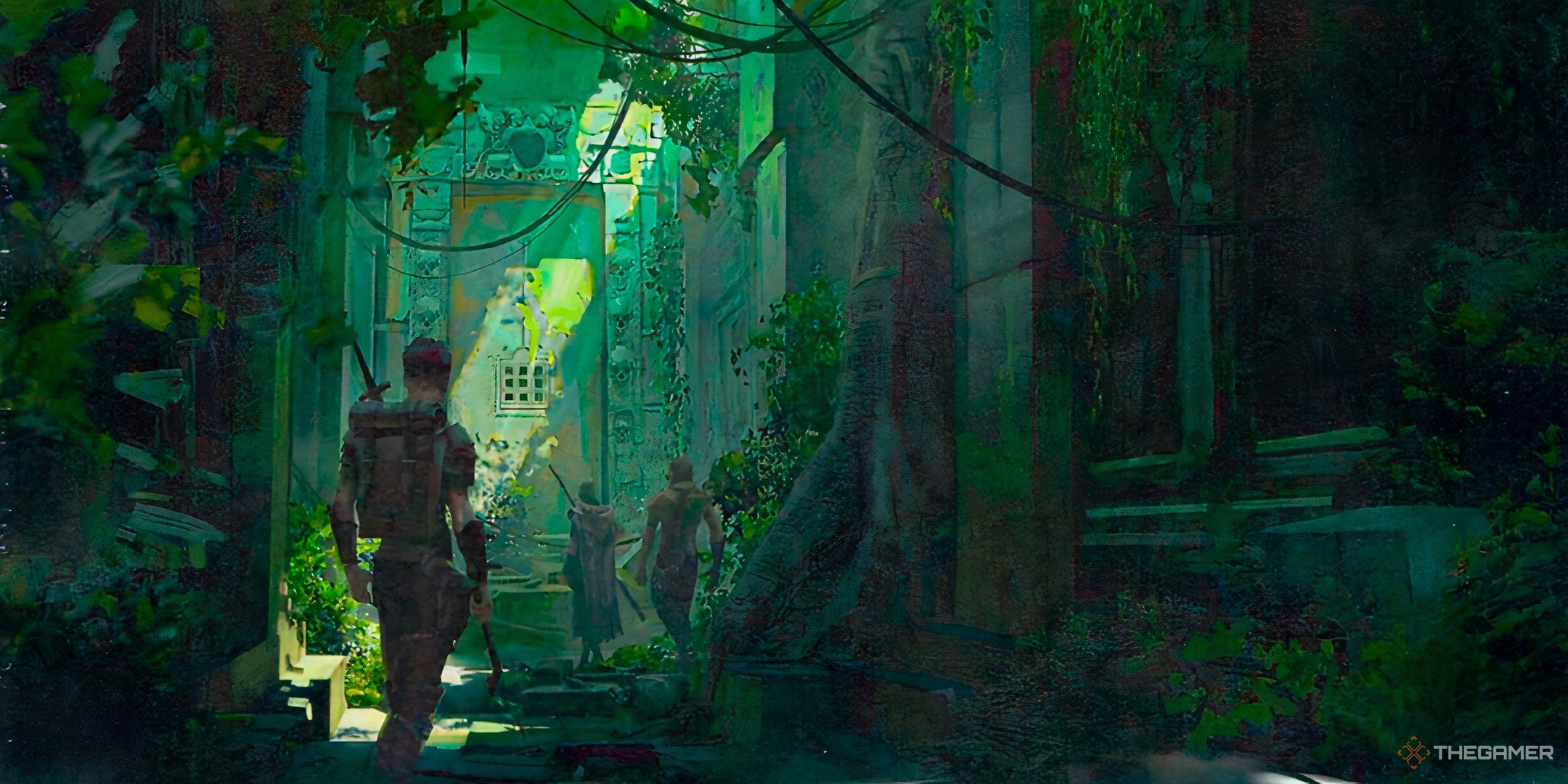
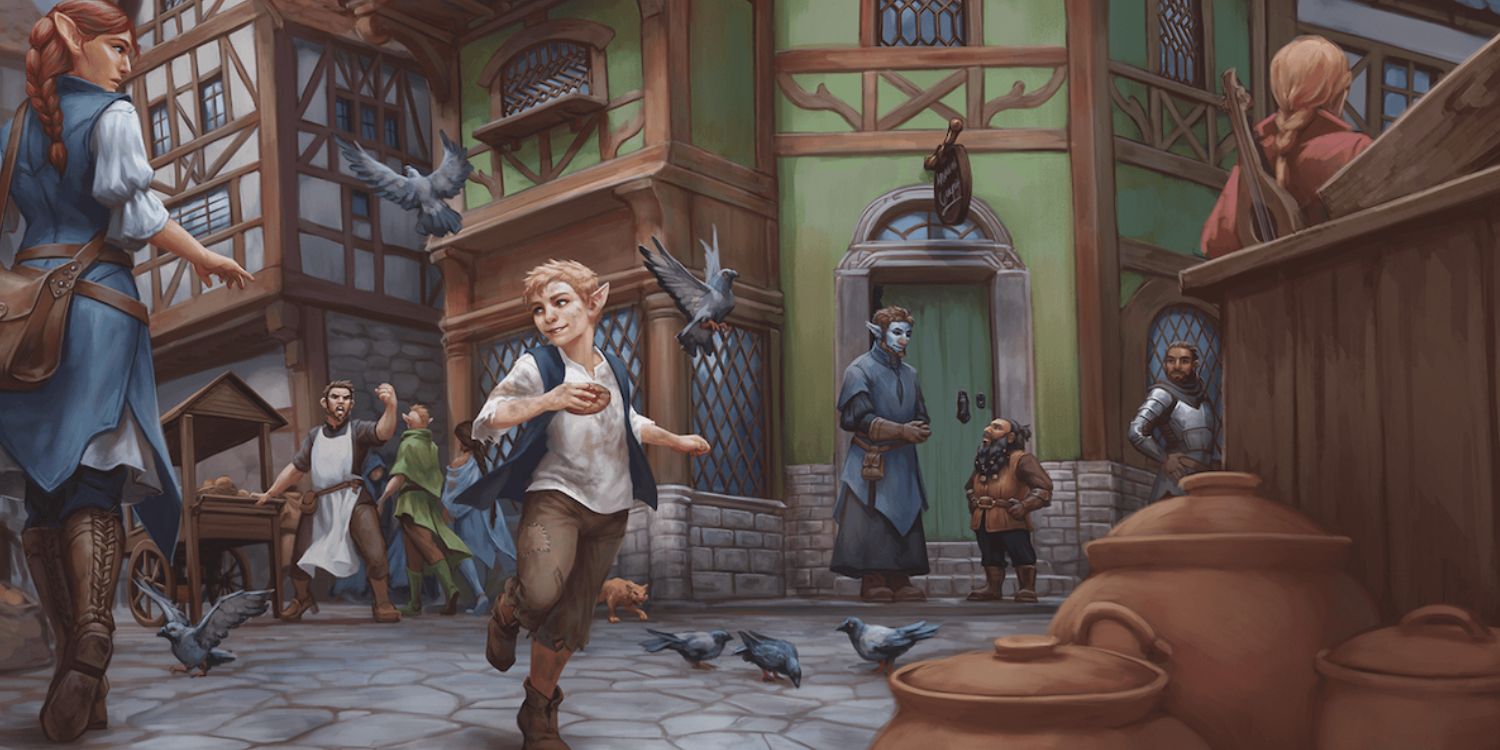
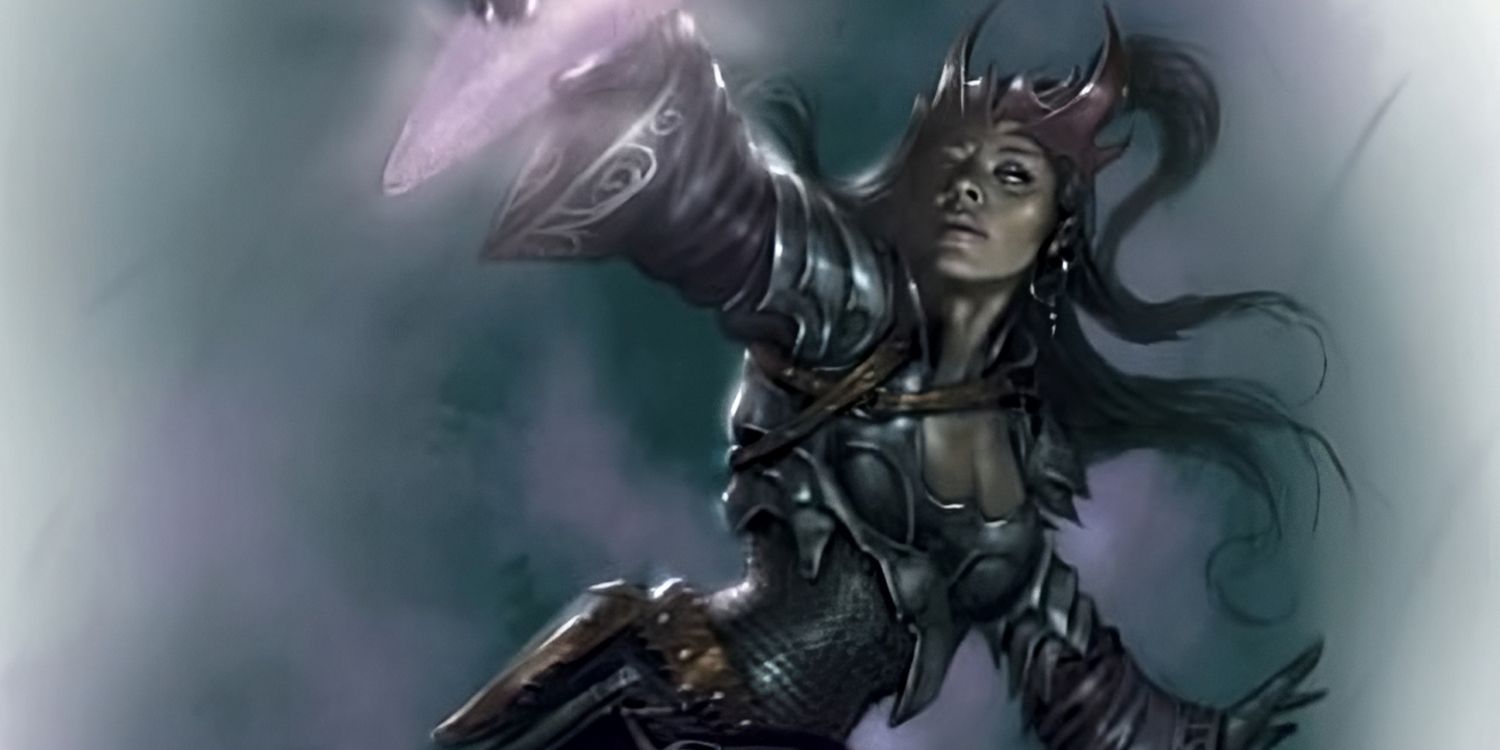
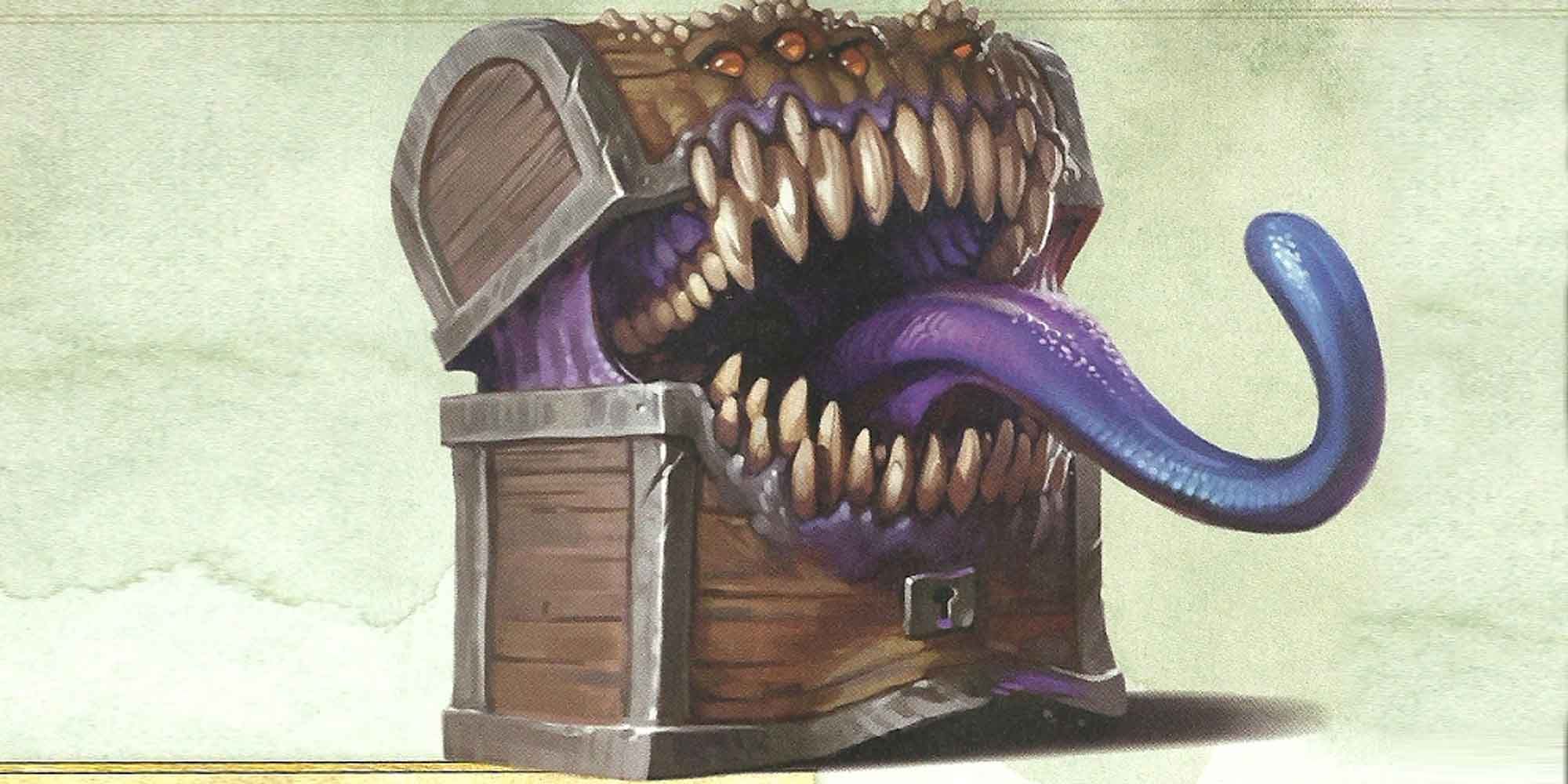
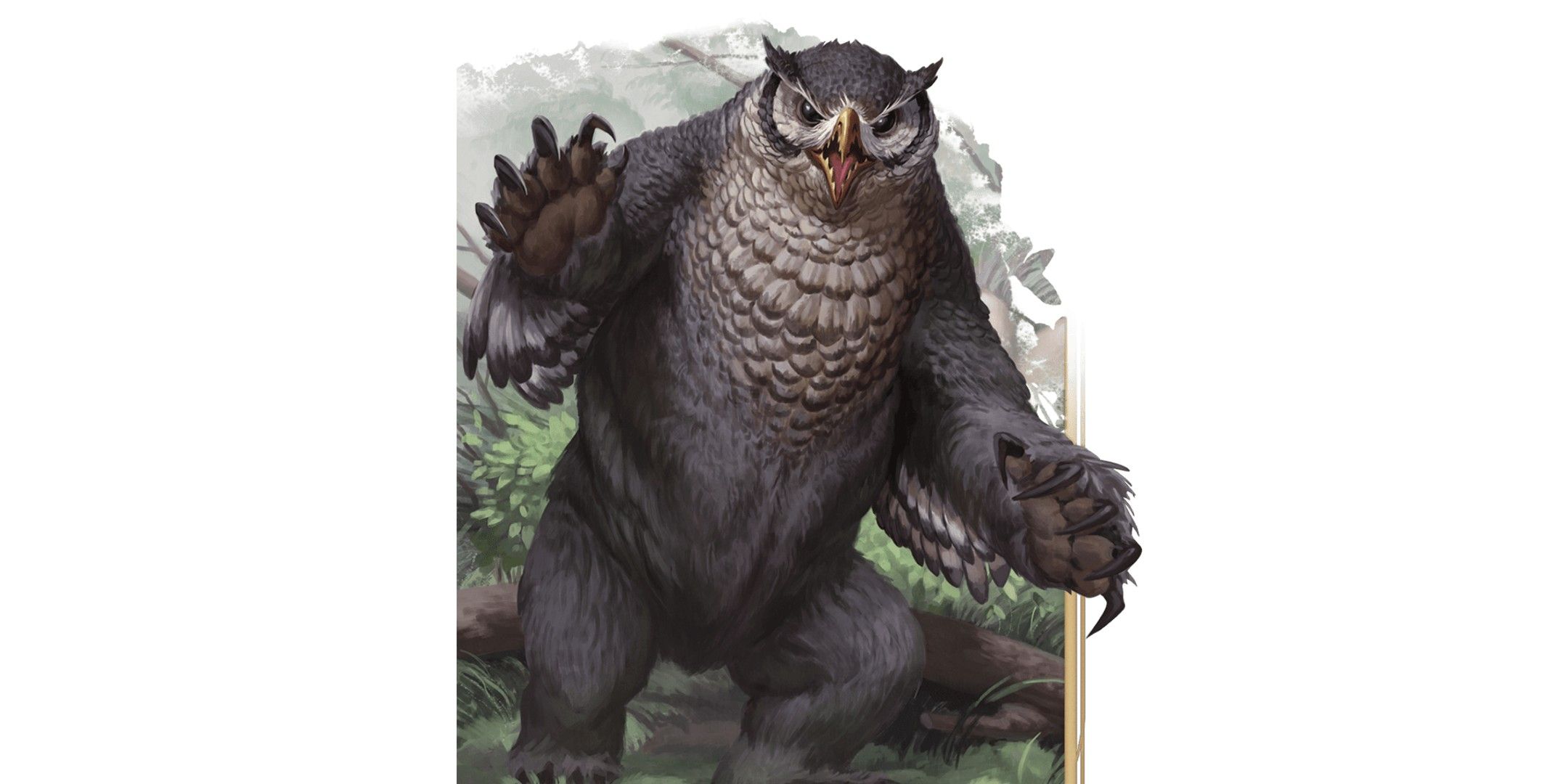
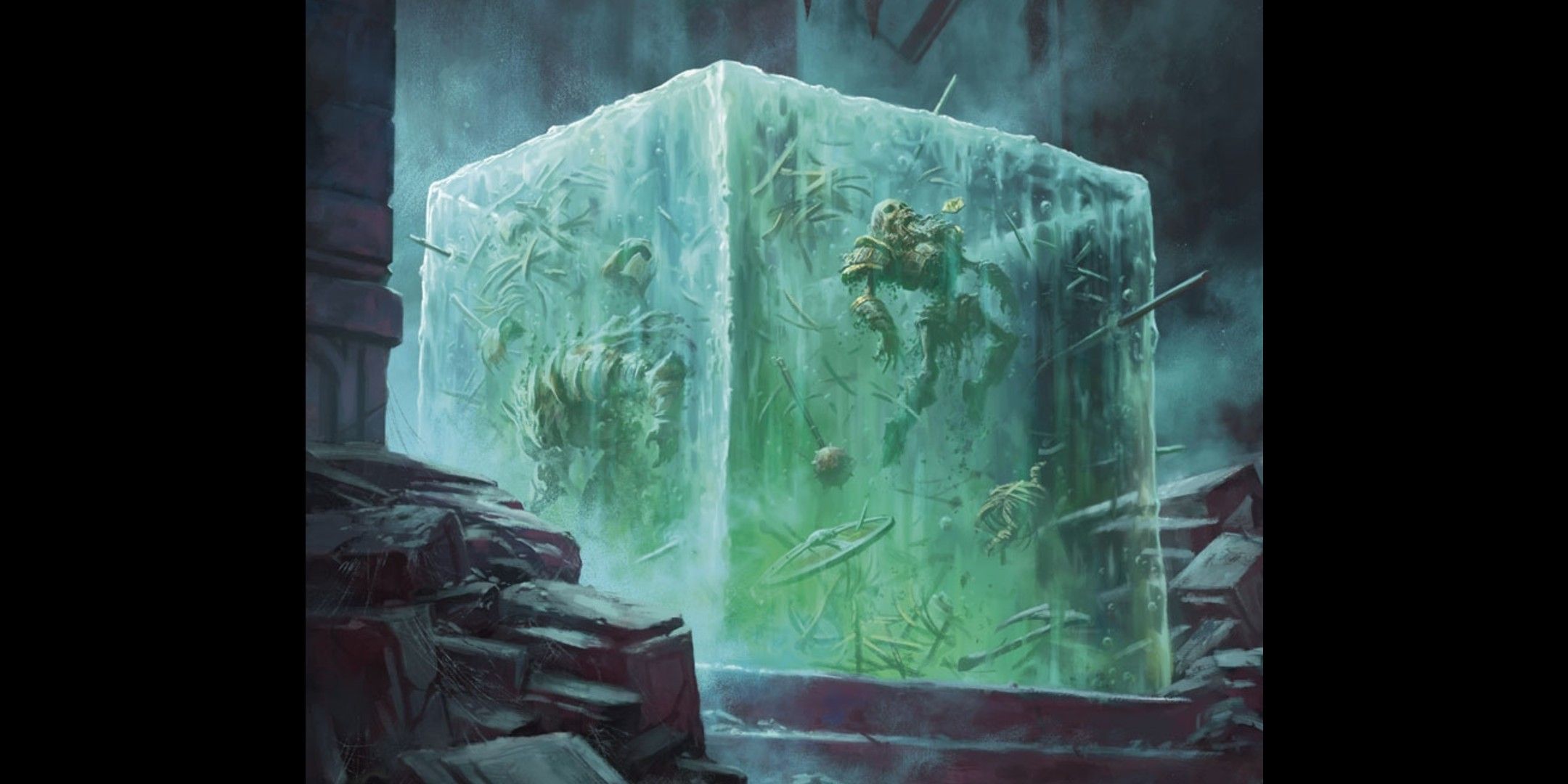
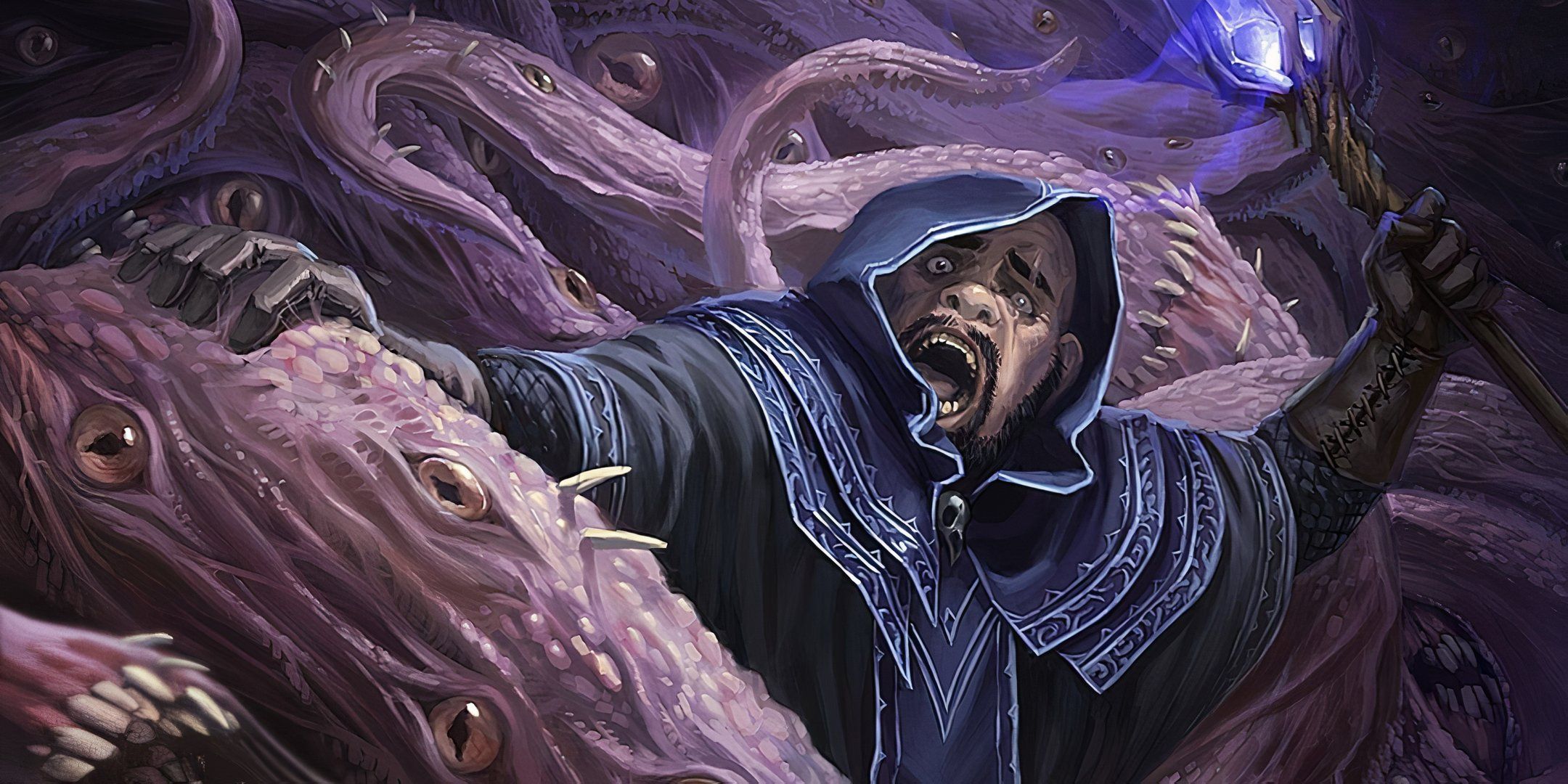
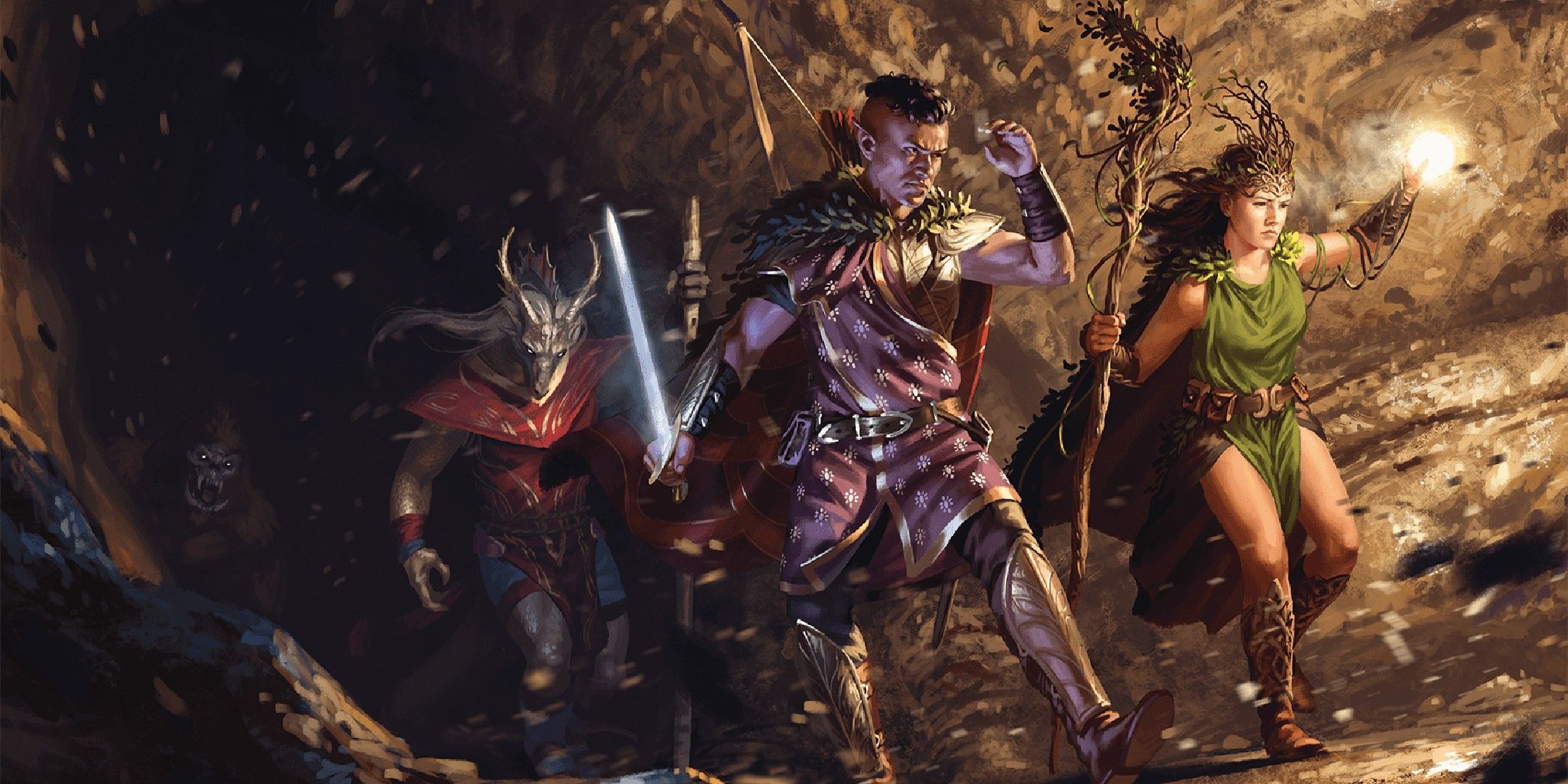
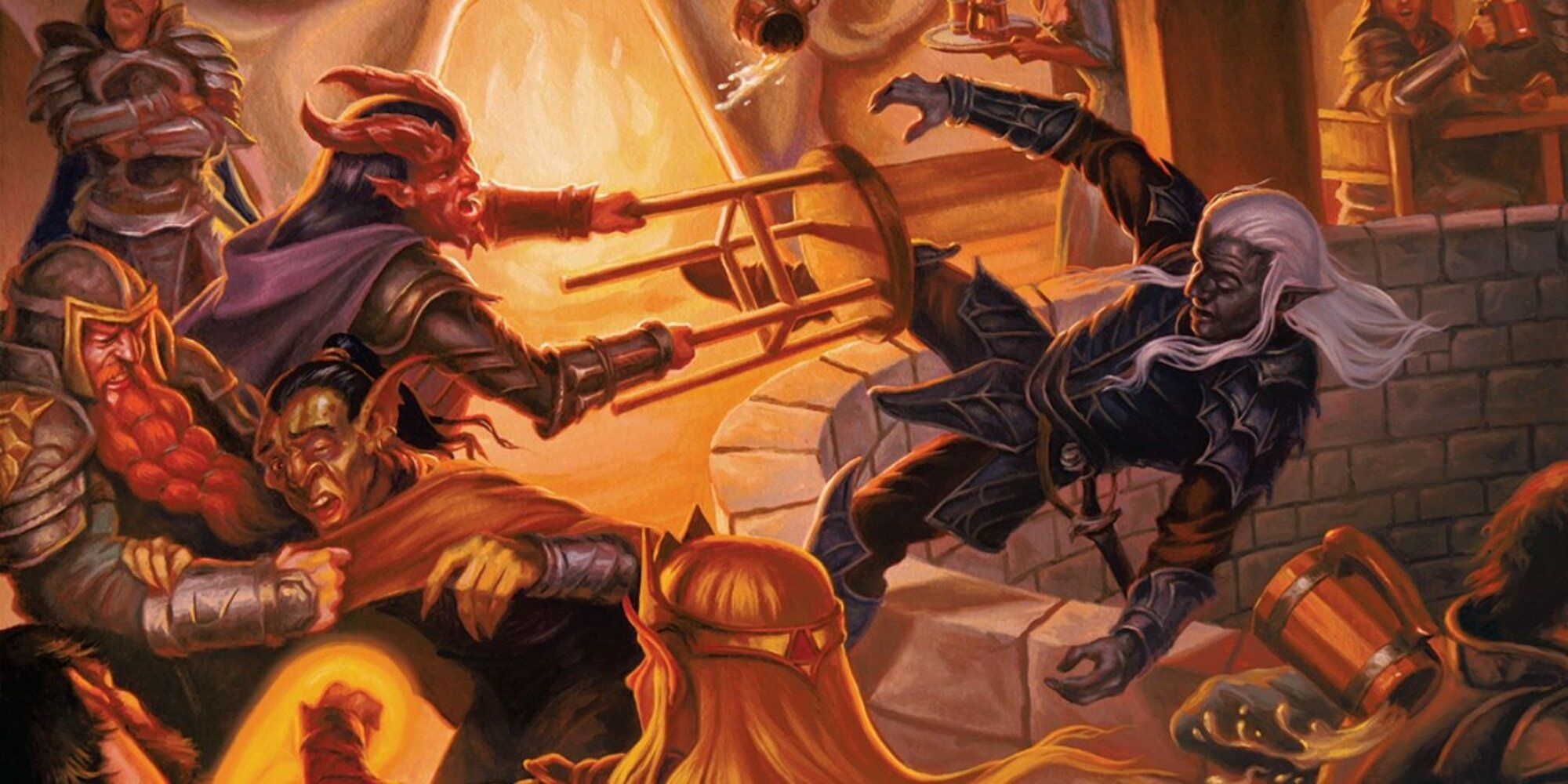
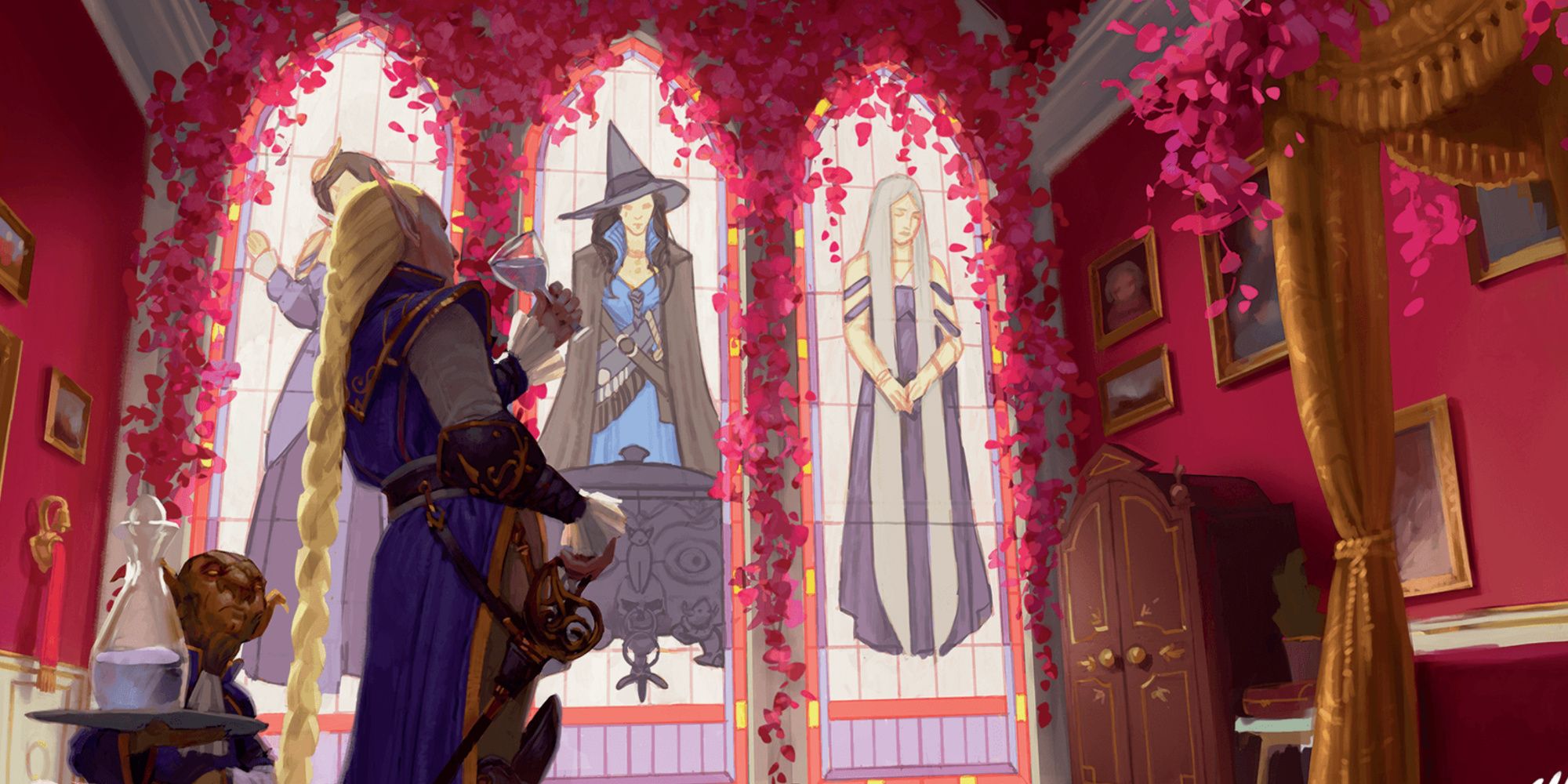
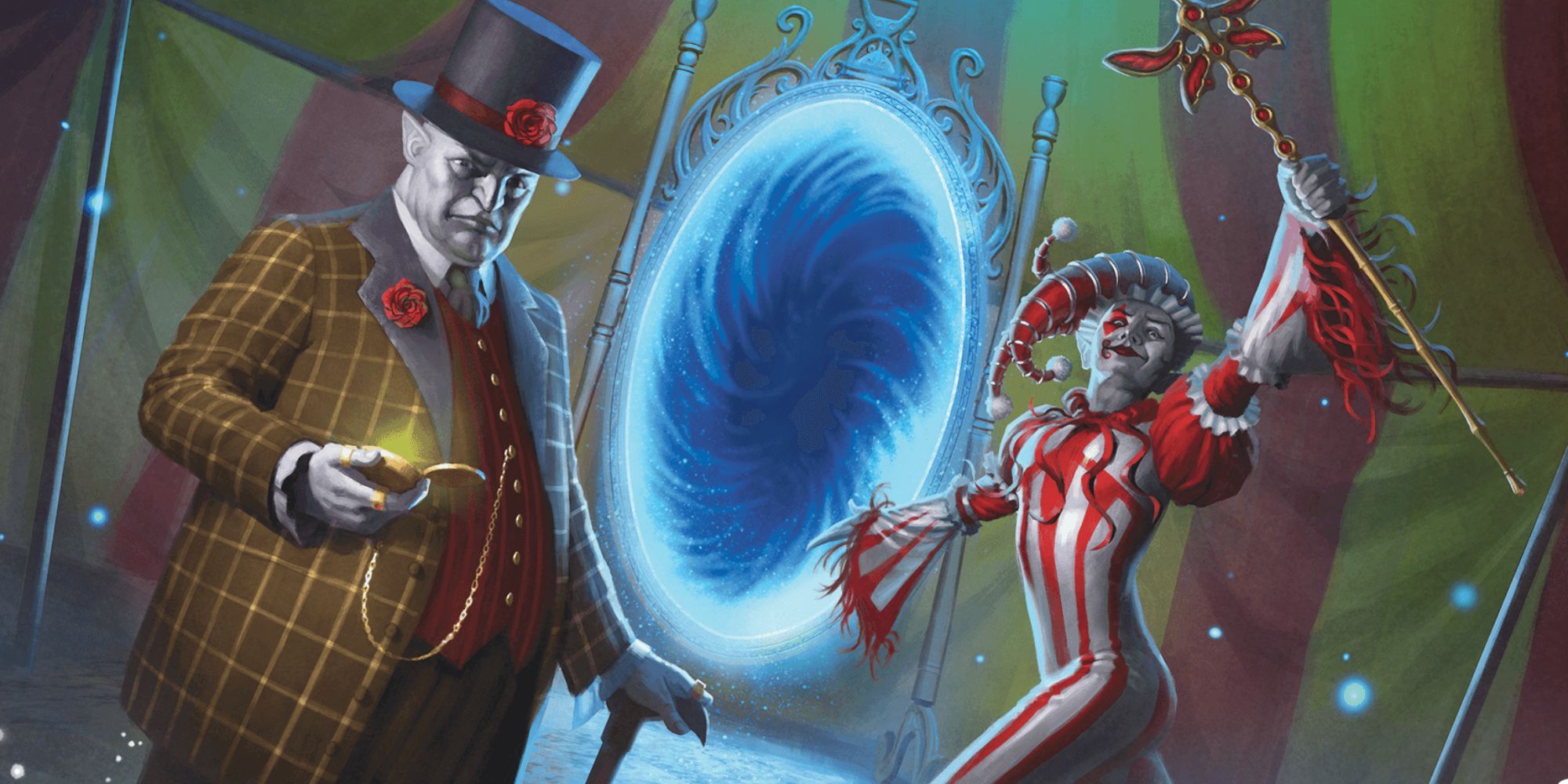
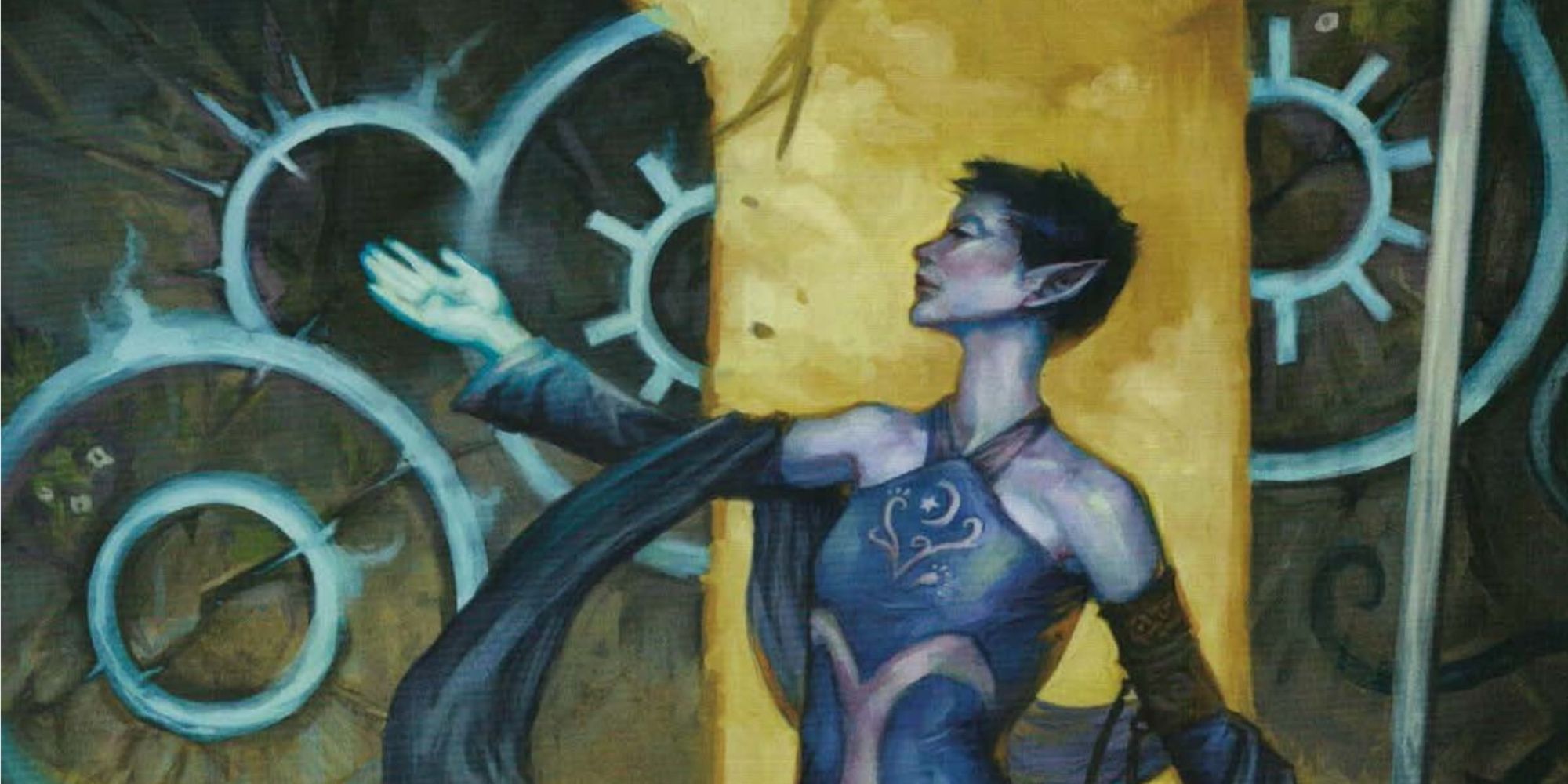
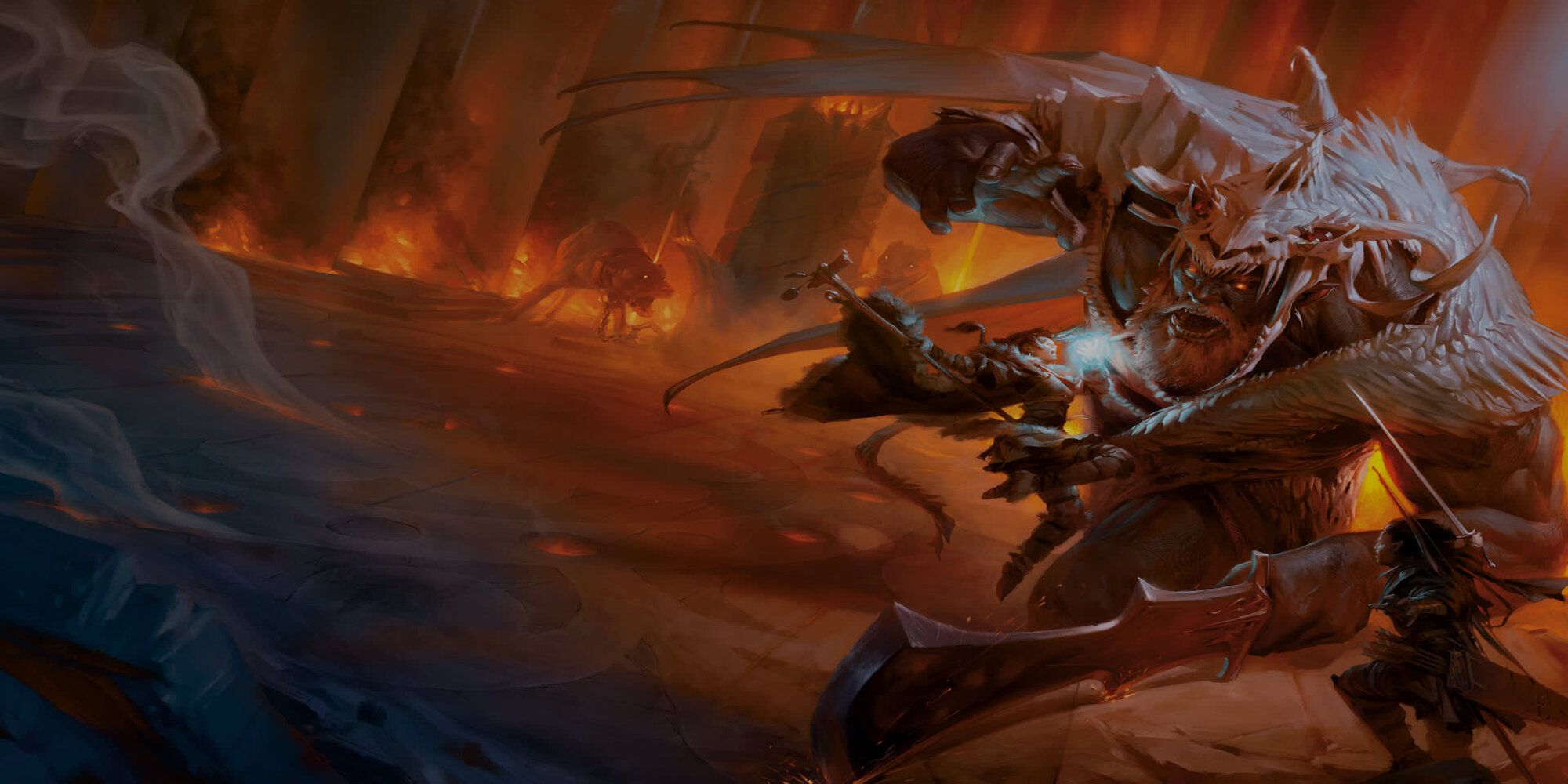
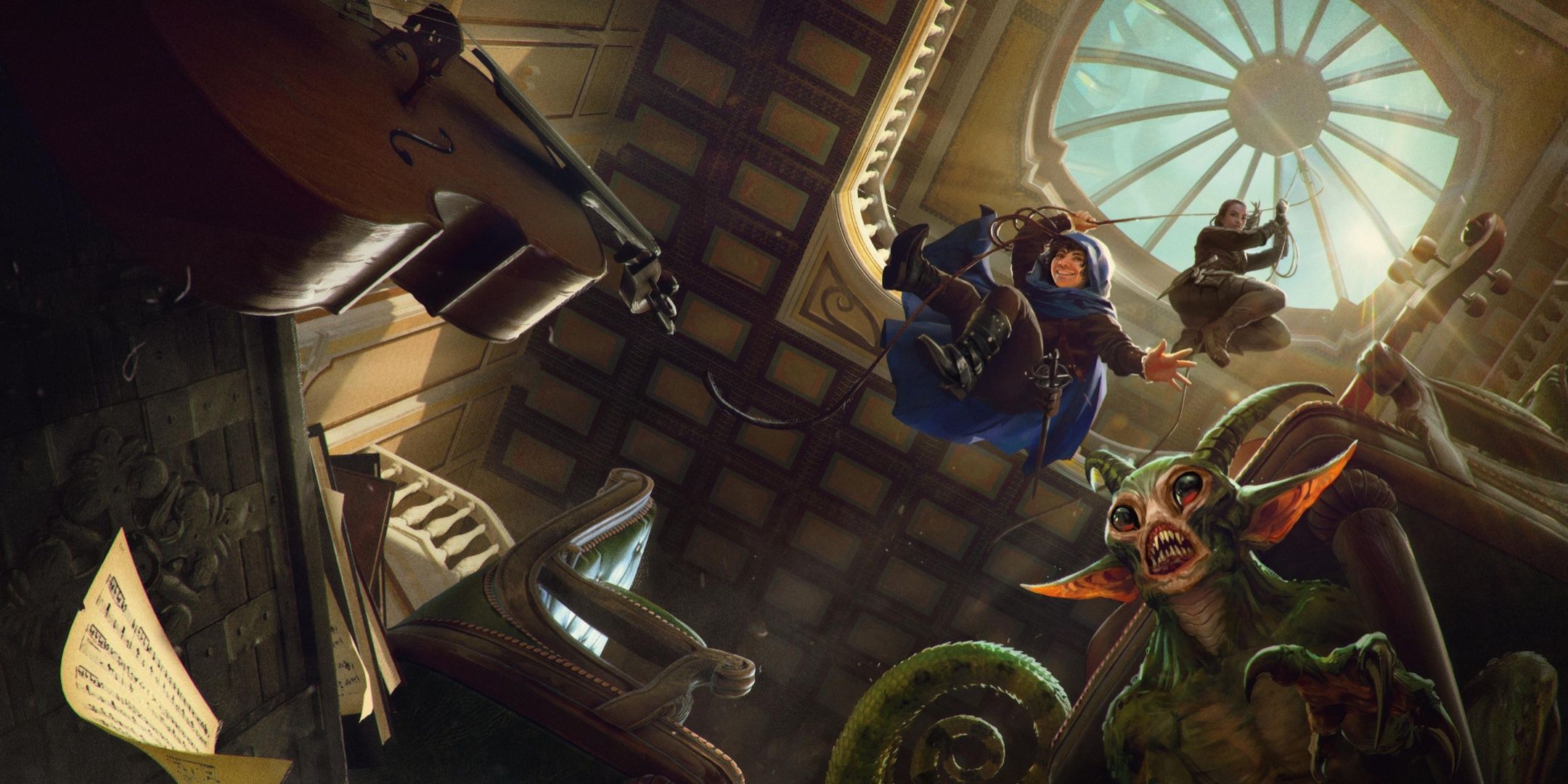
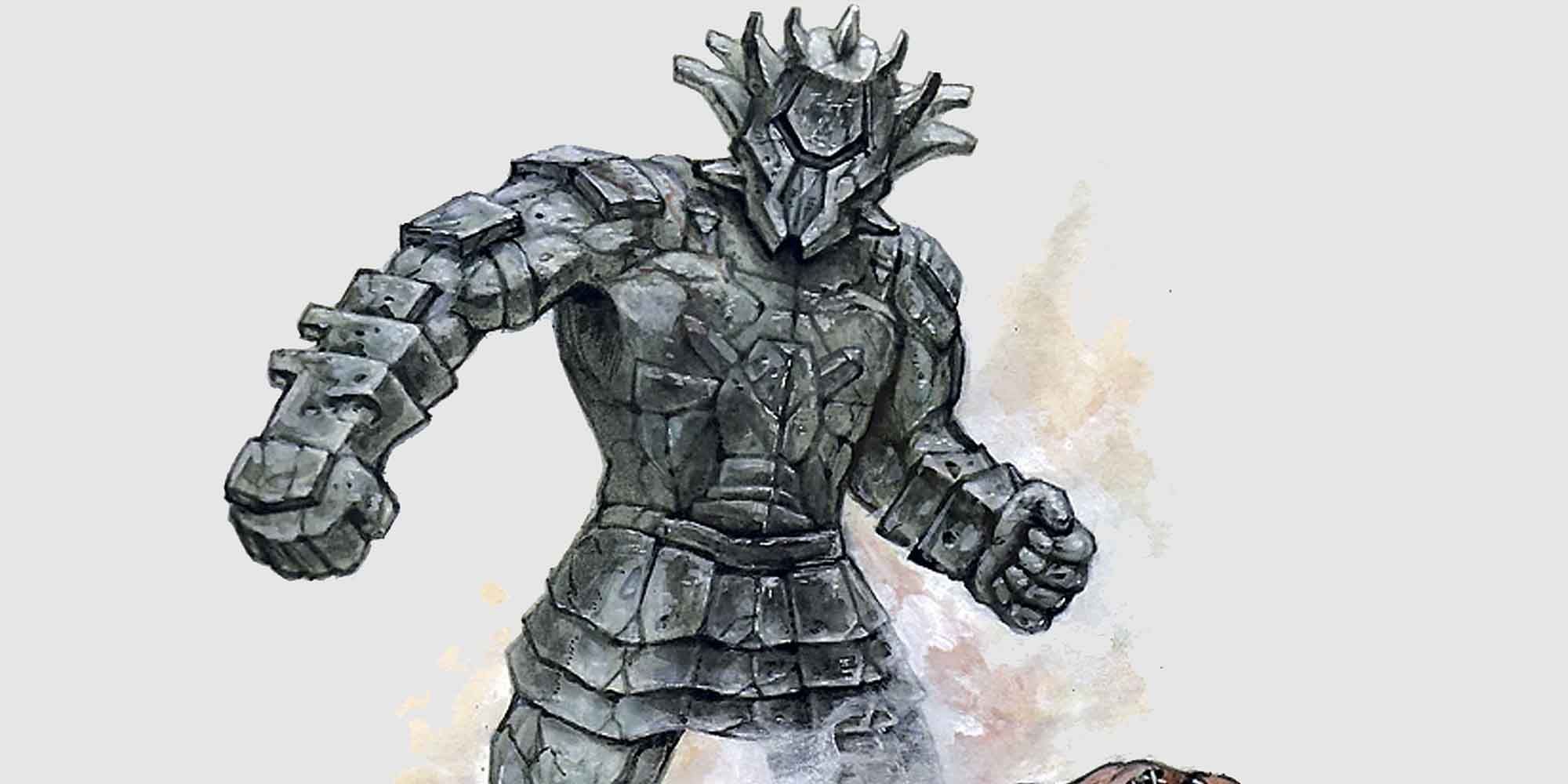
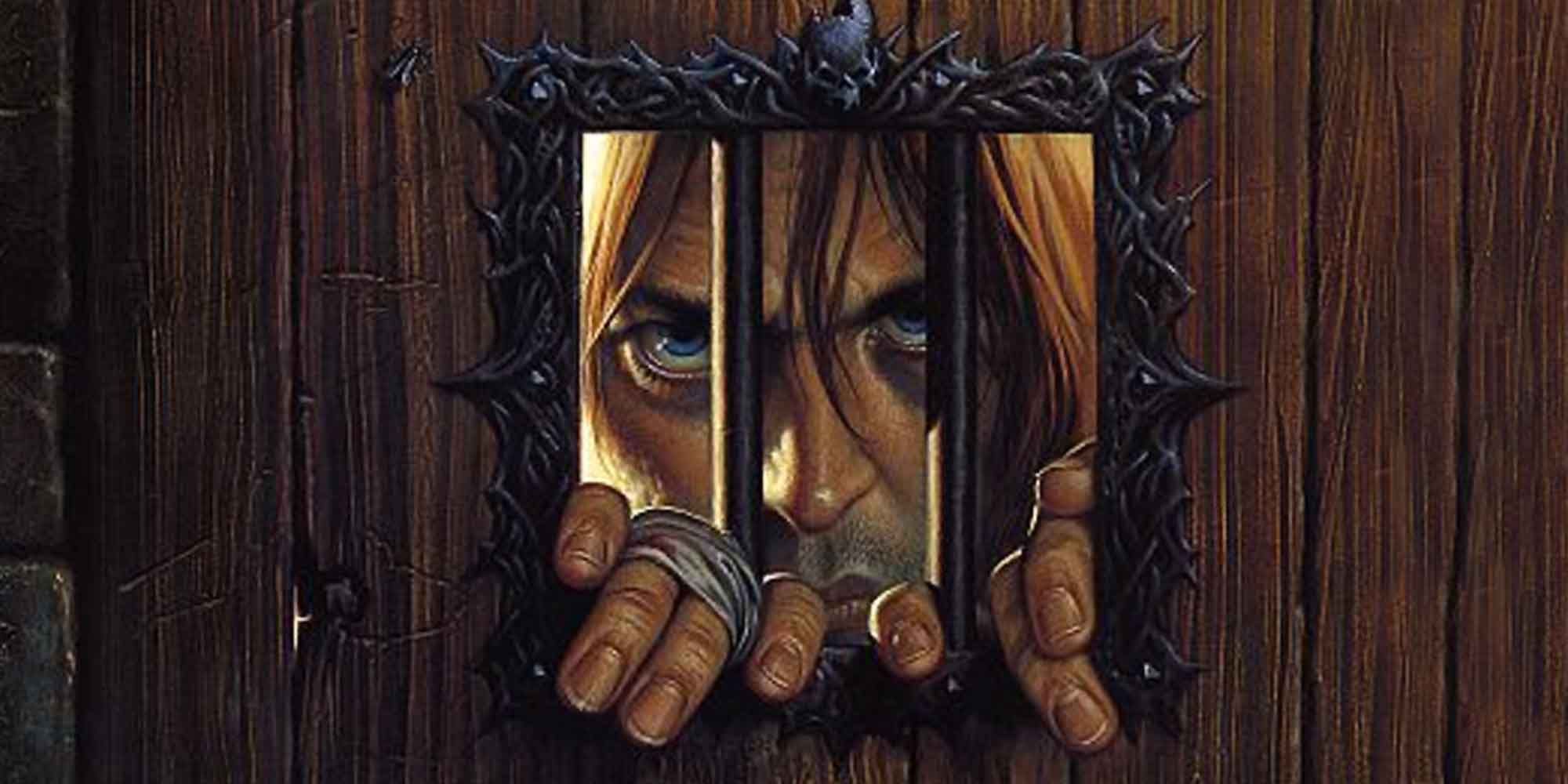
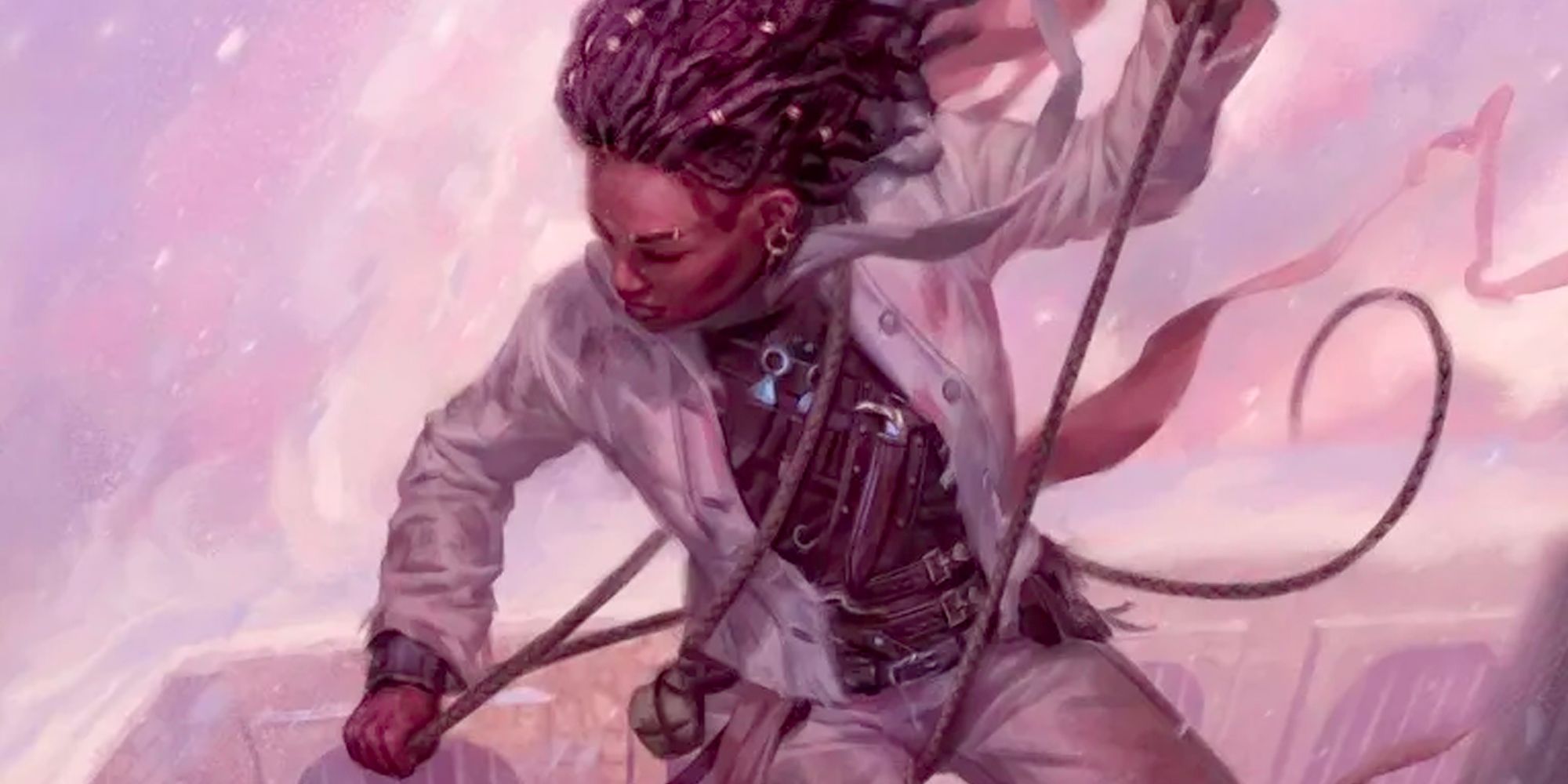
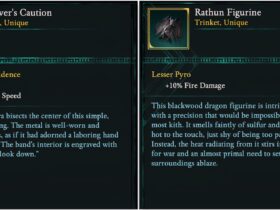

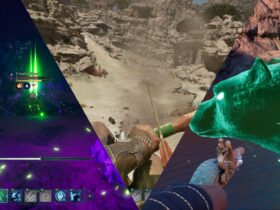

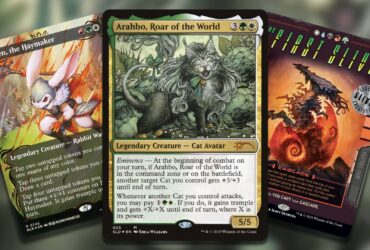
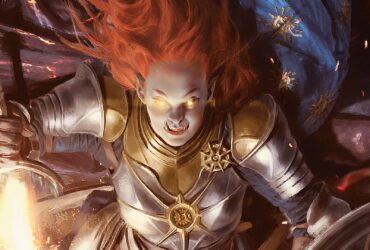
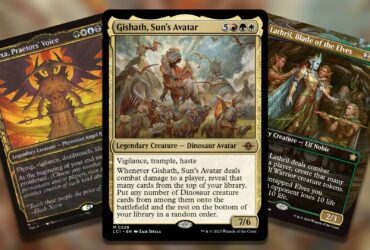
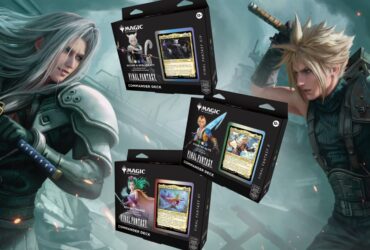
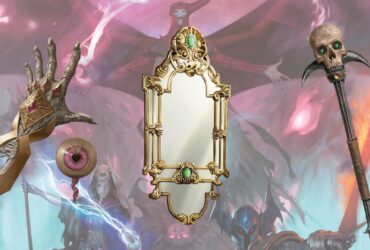

Leave a Reply